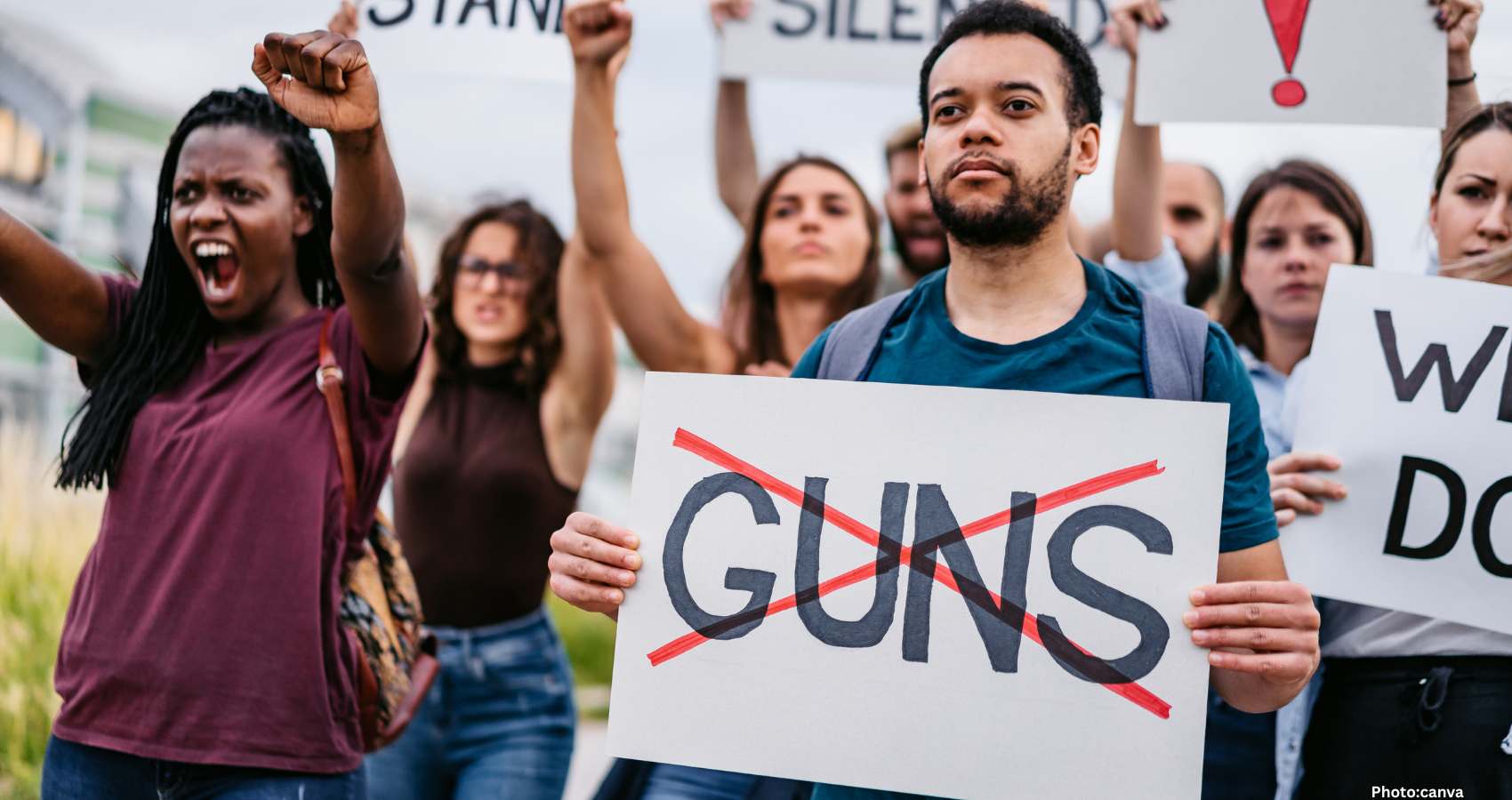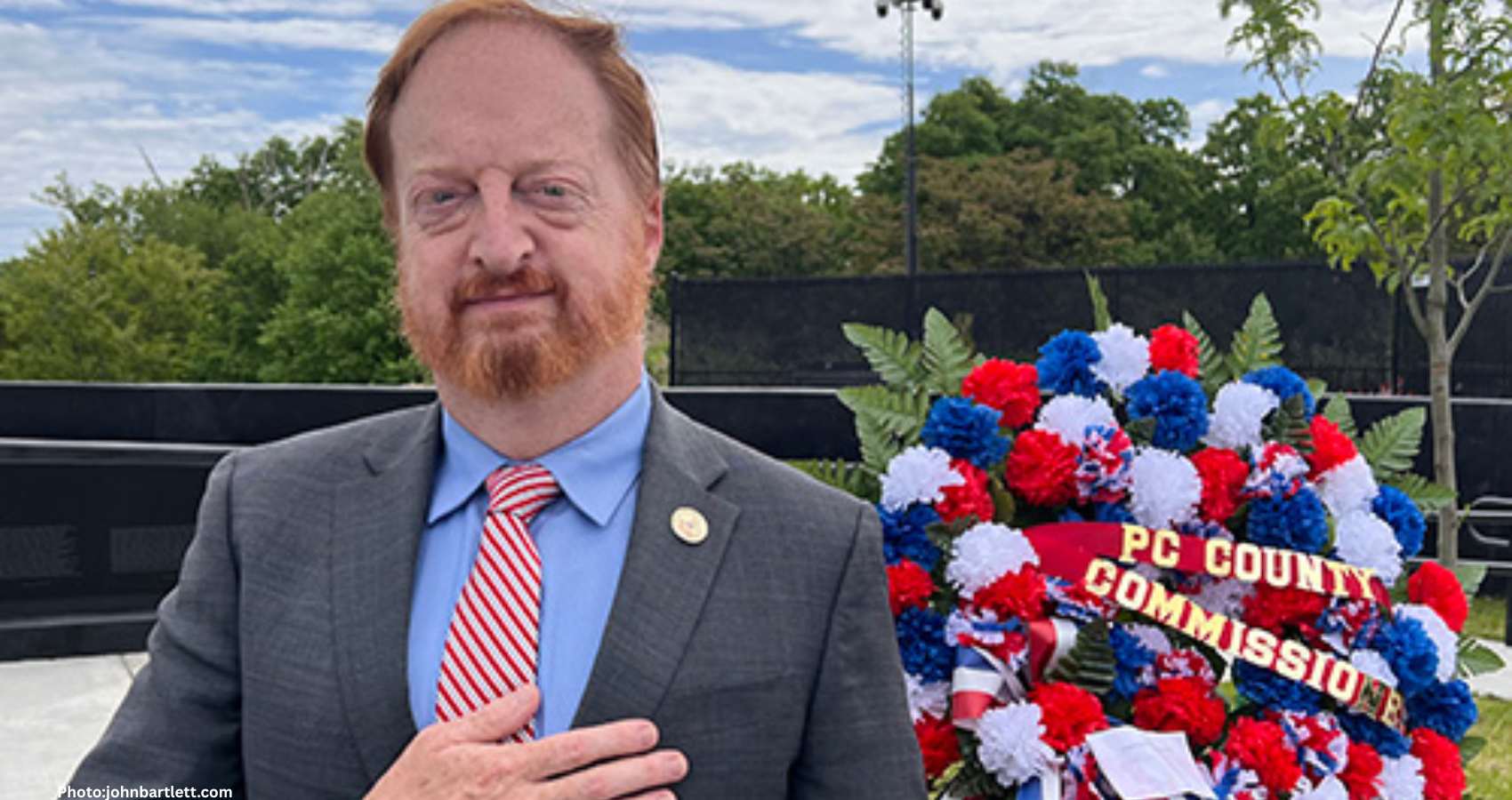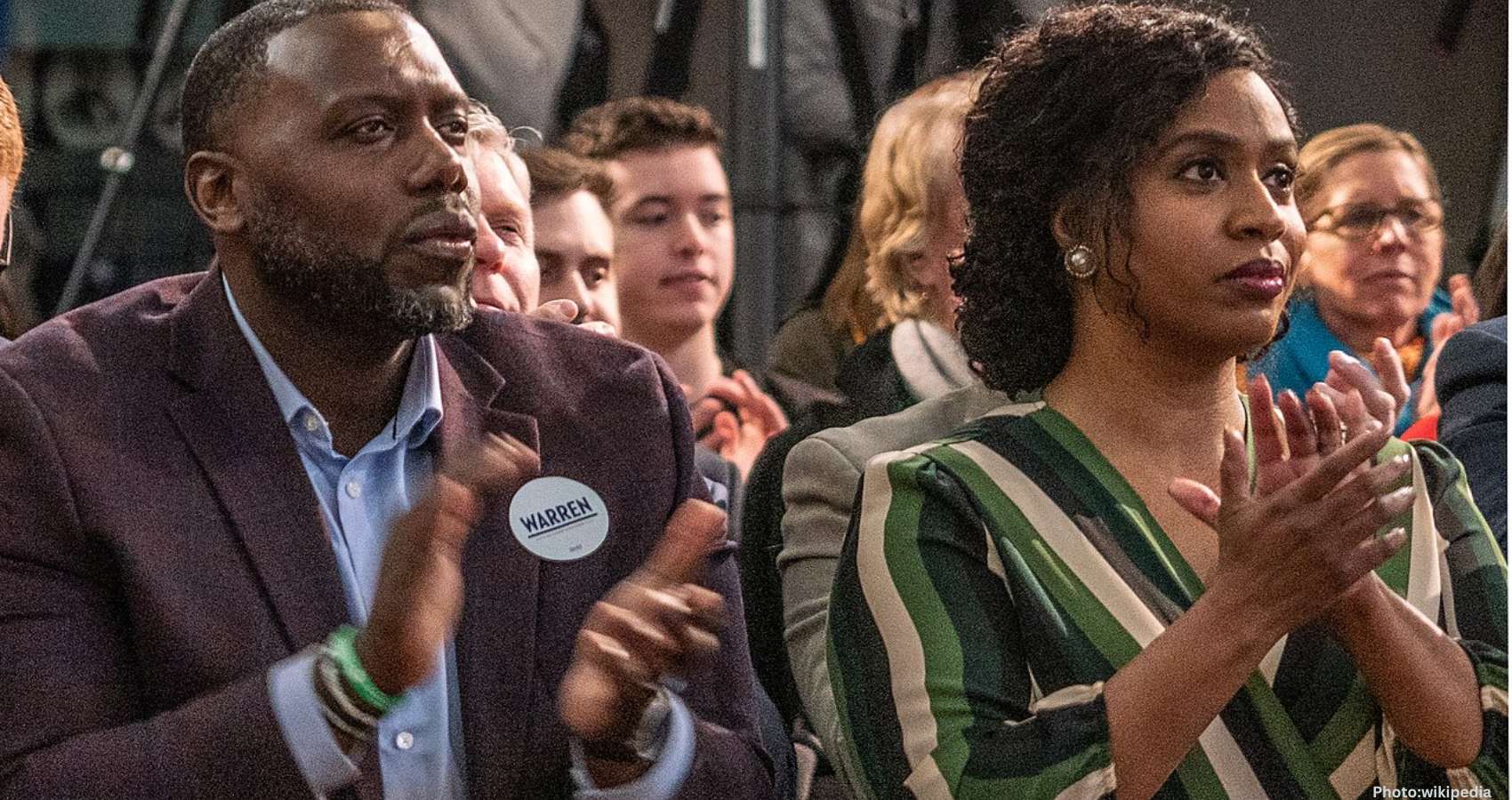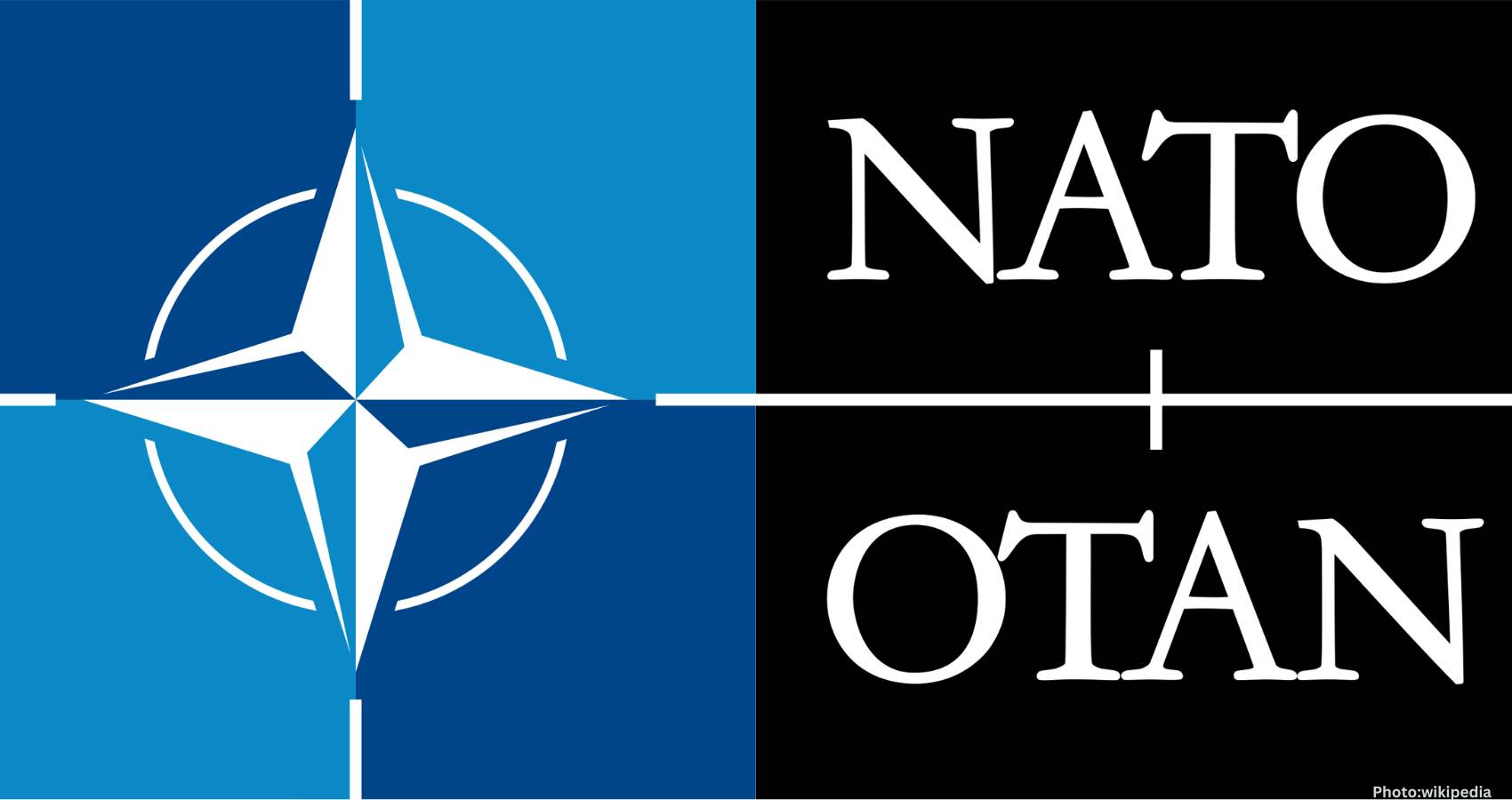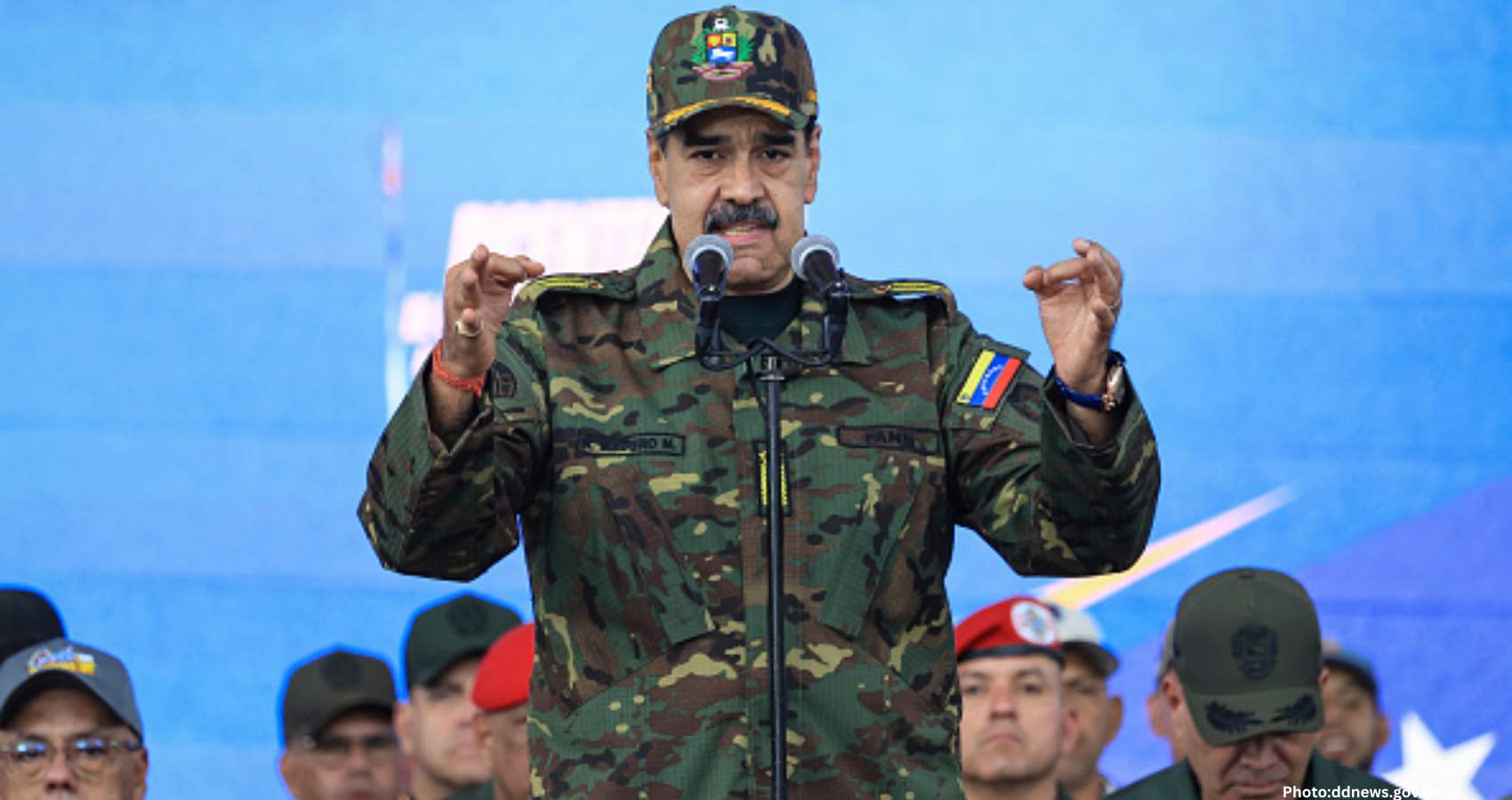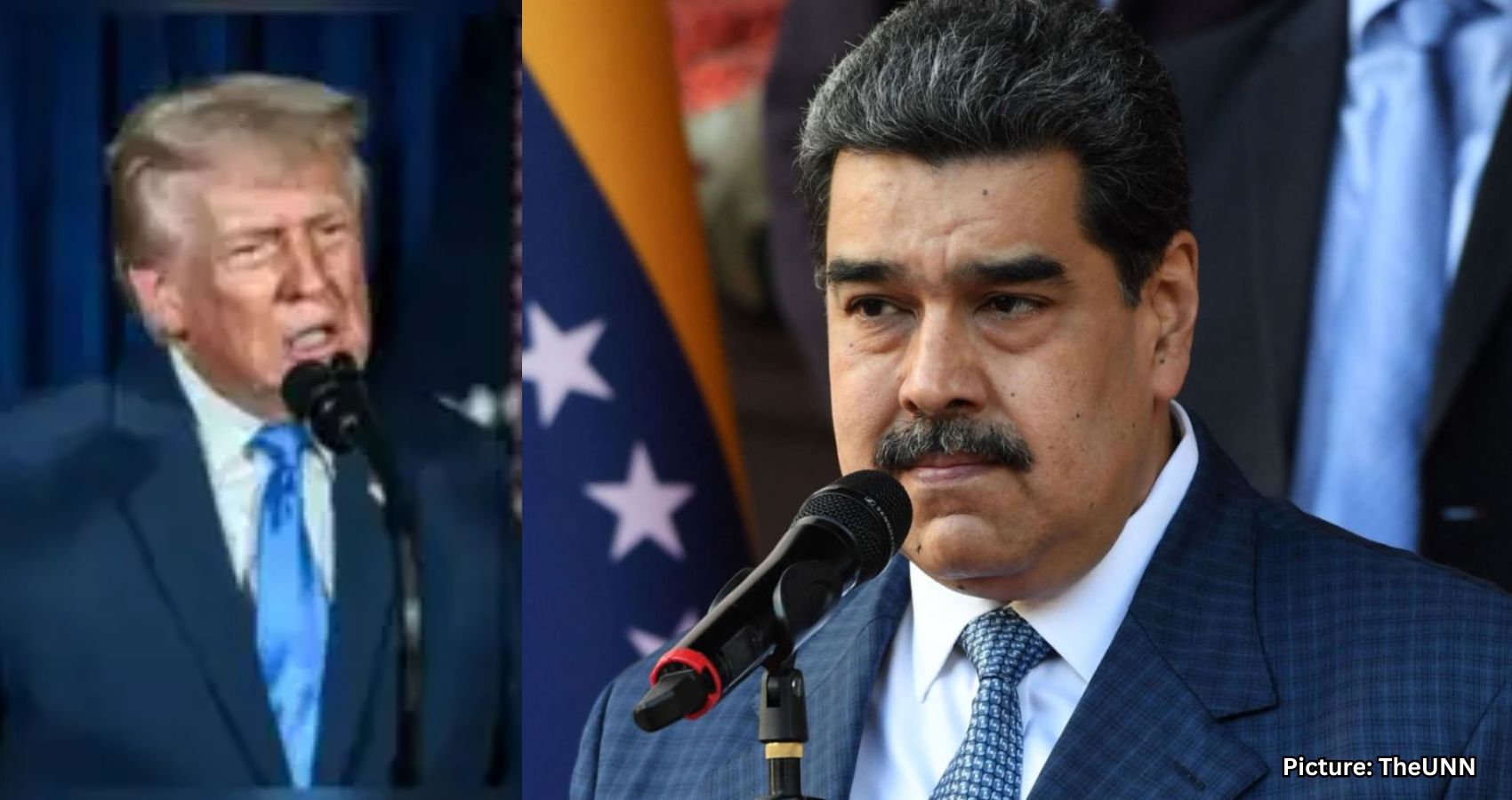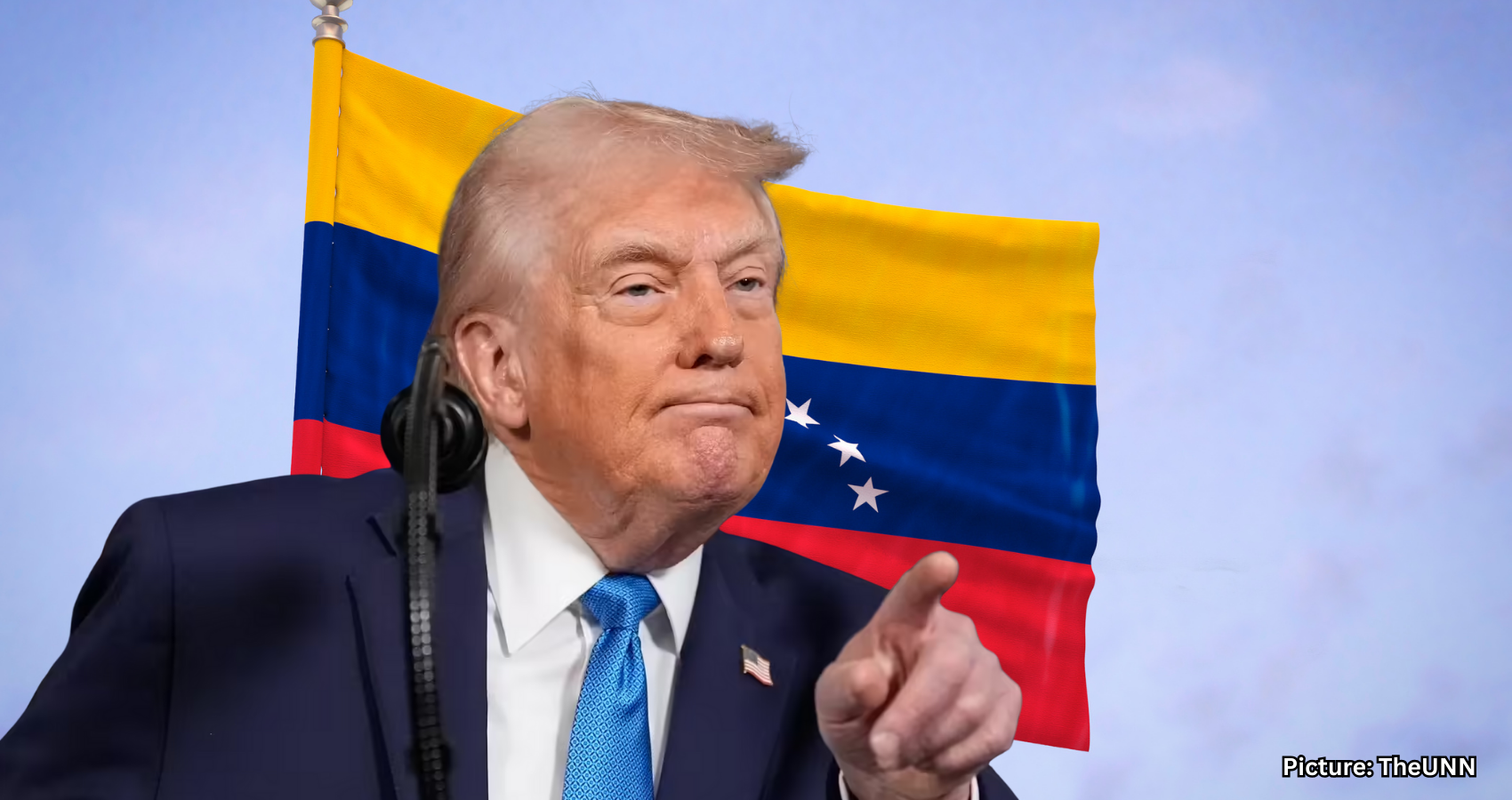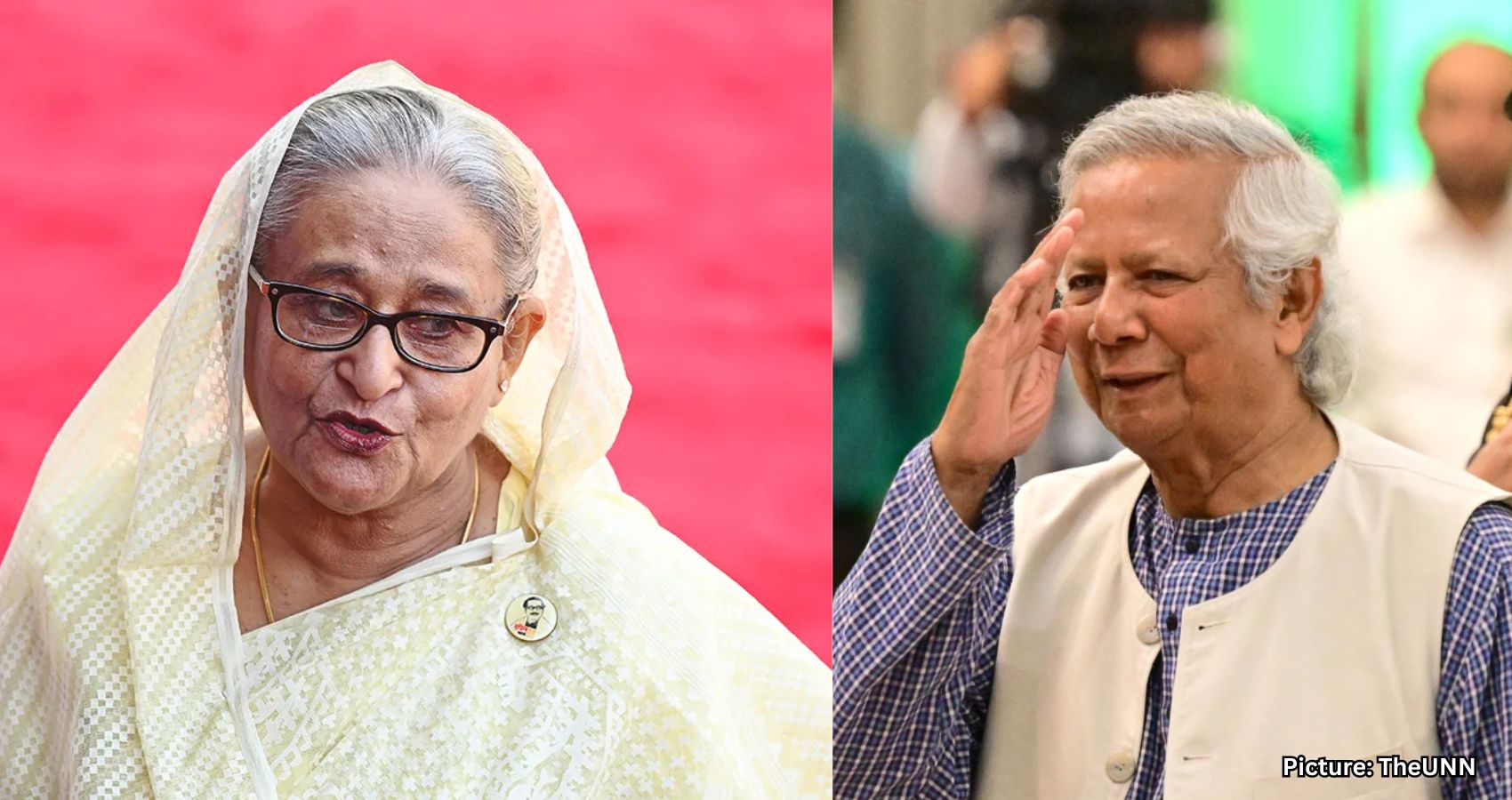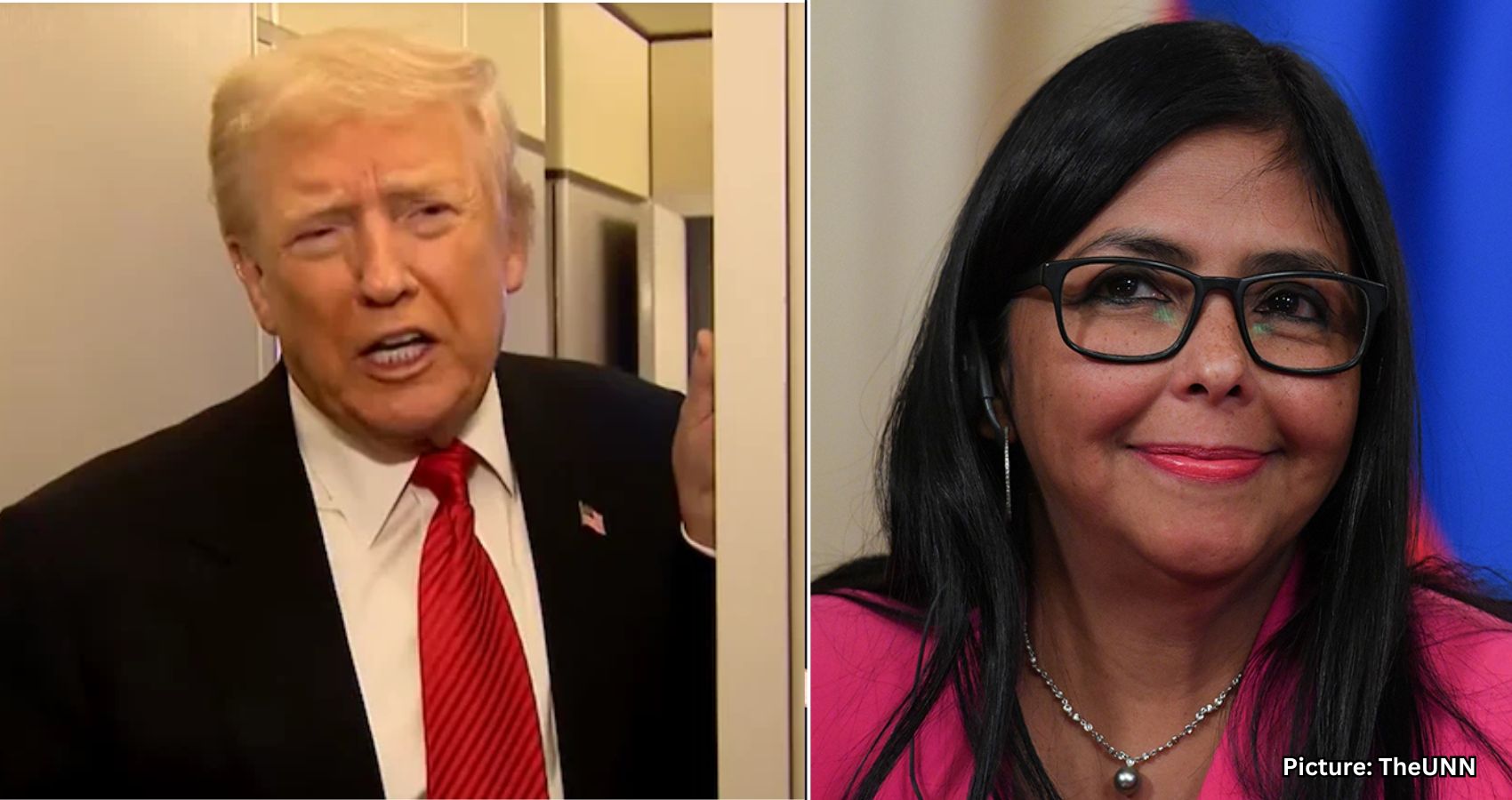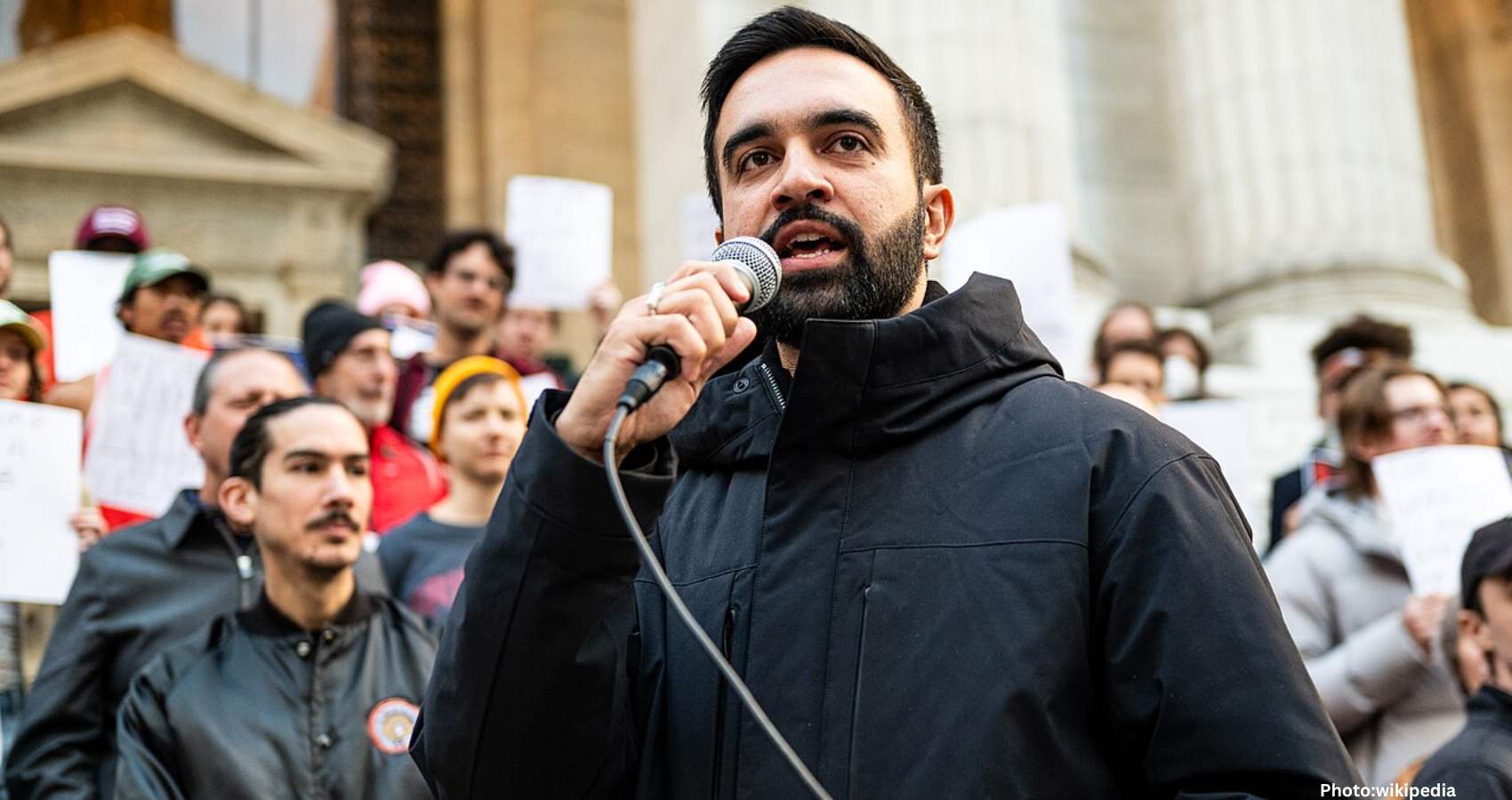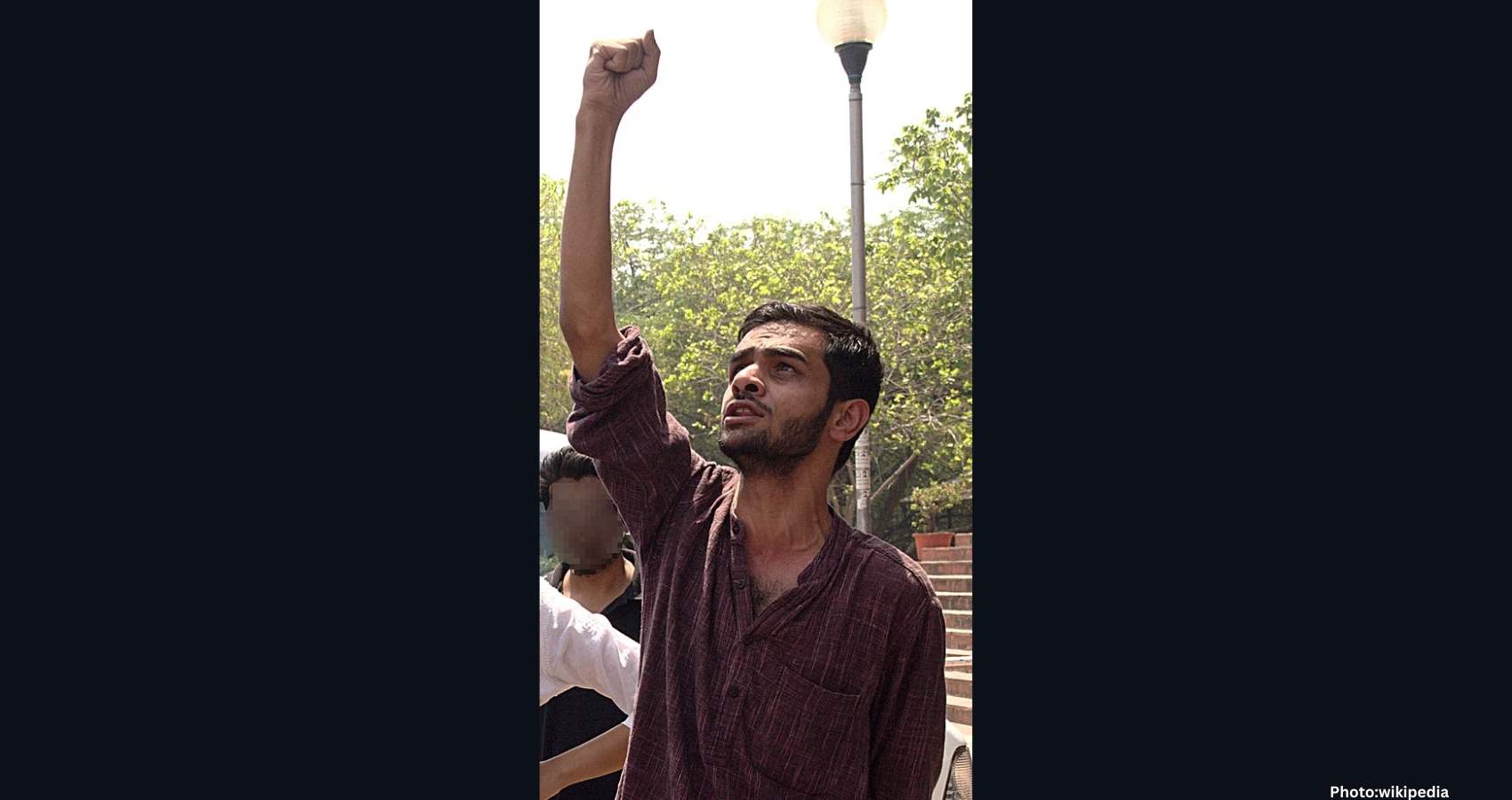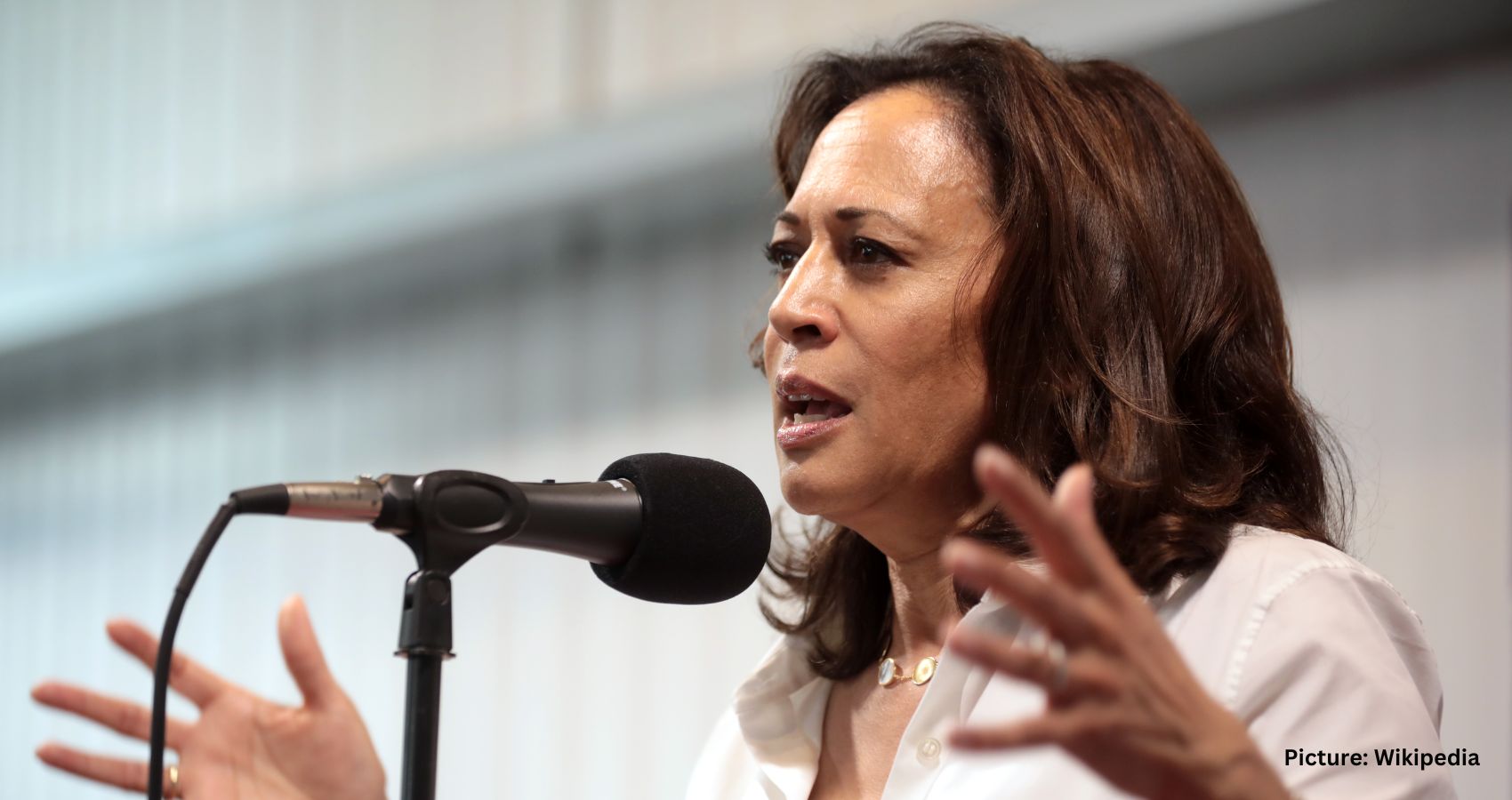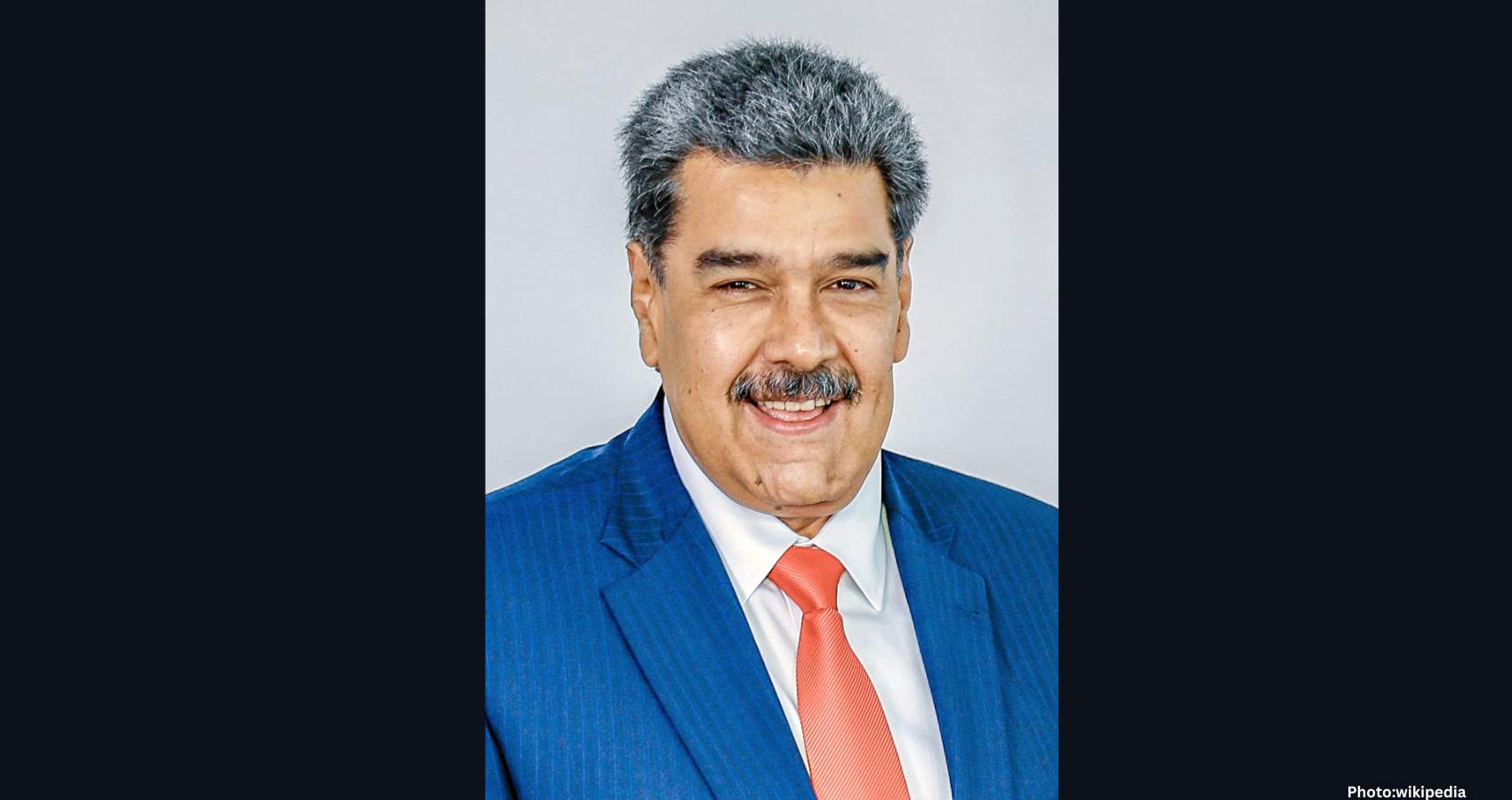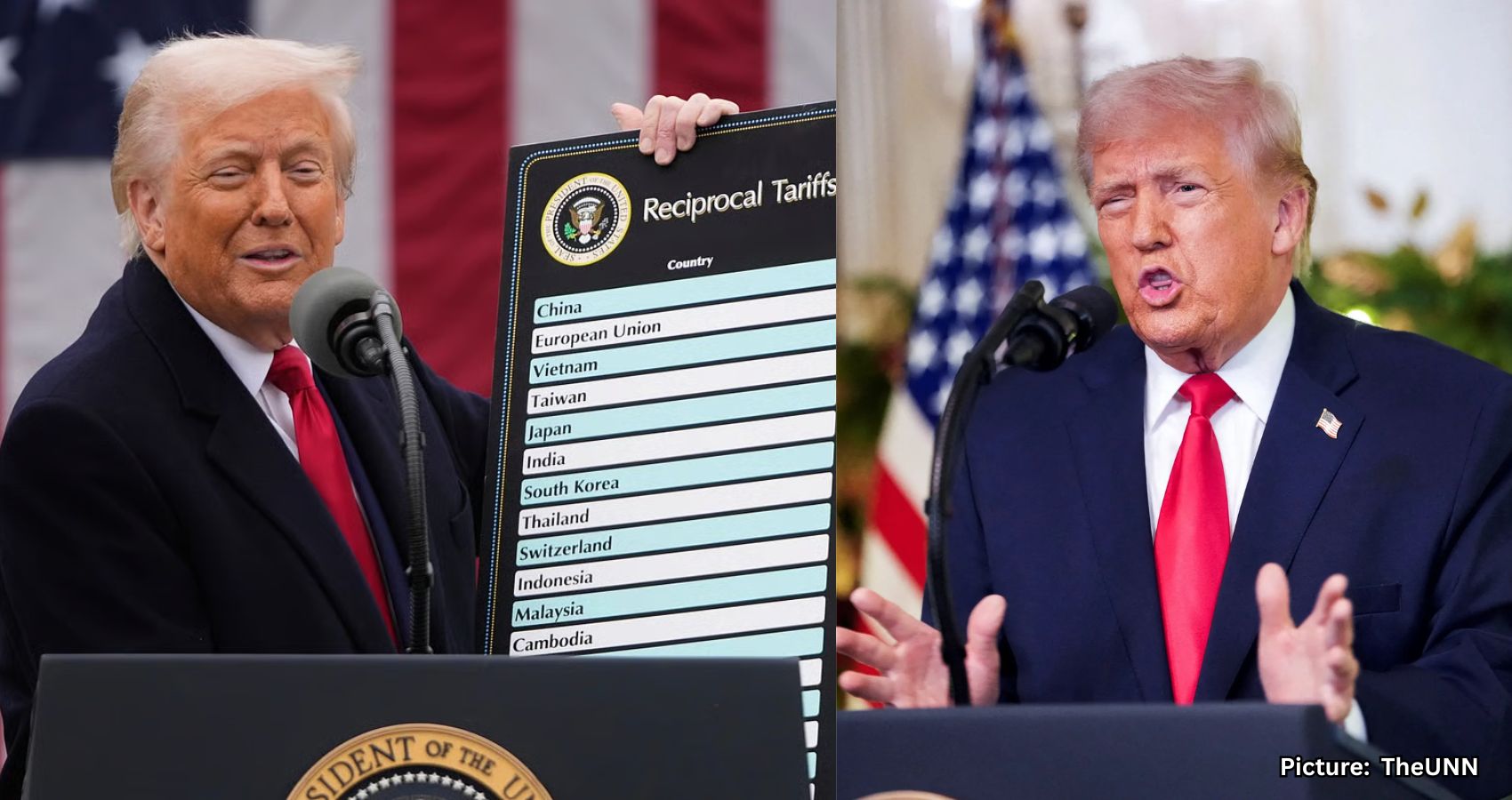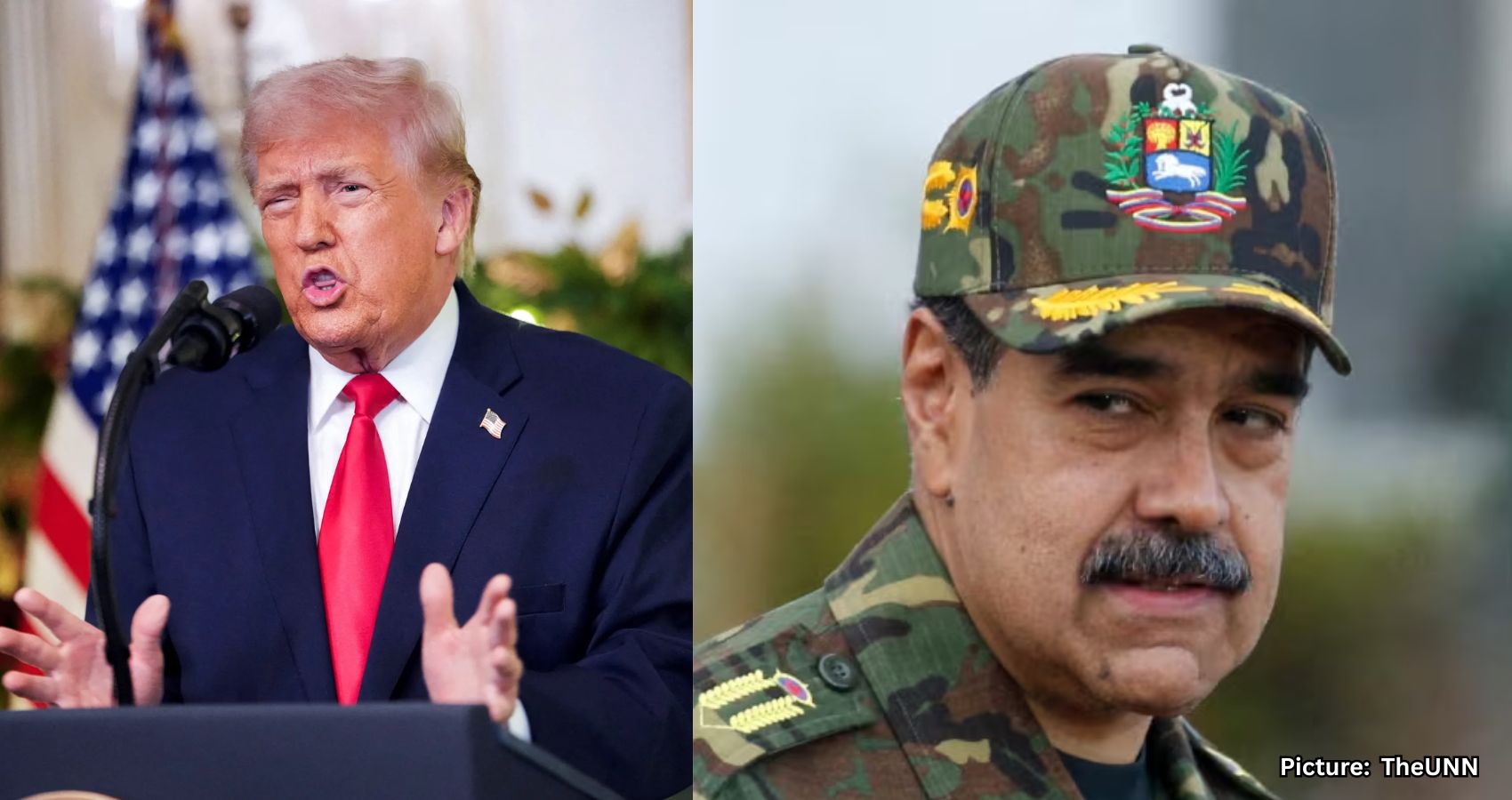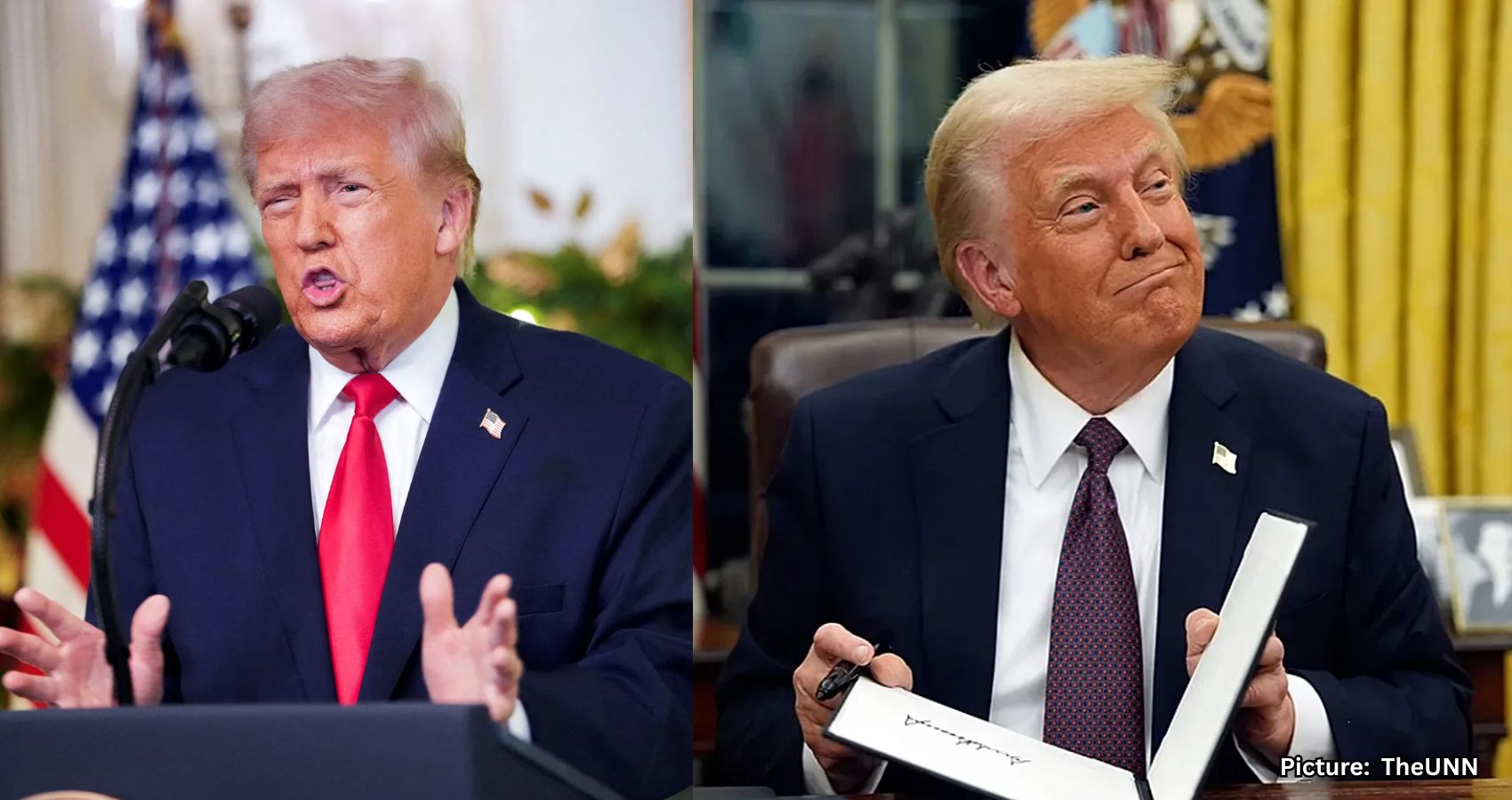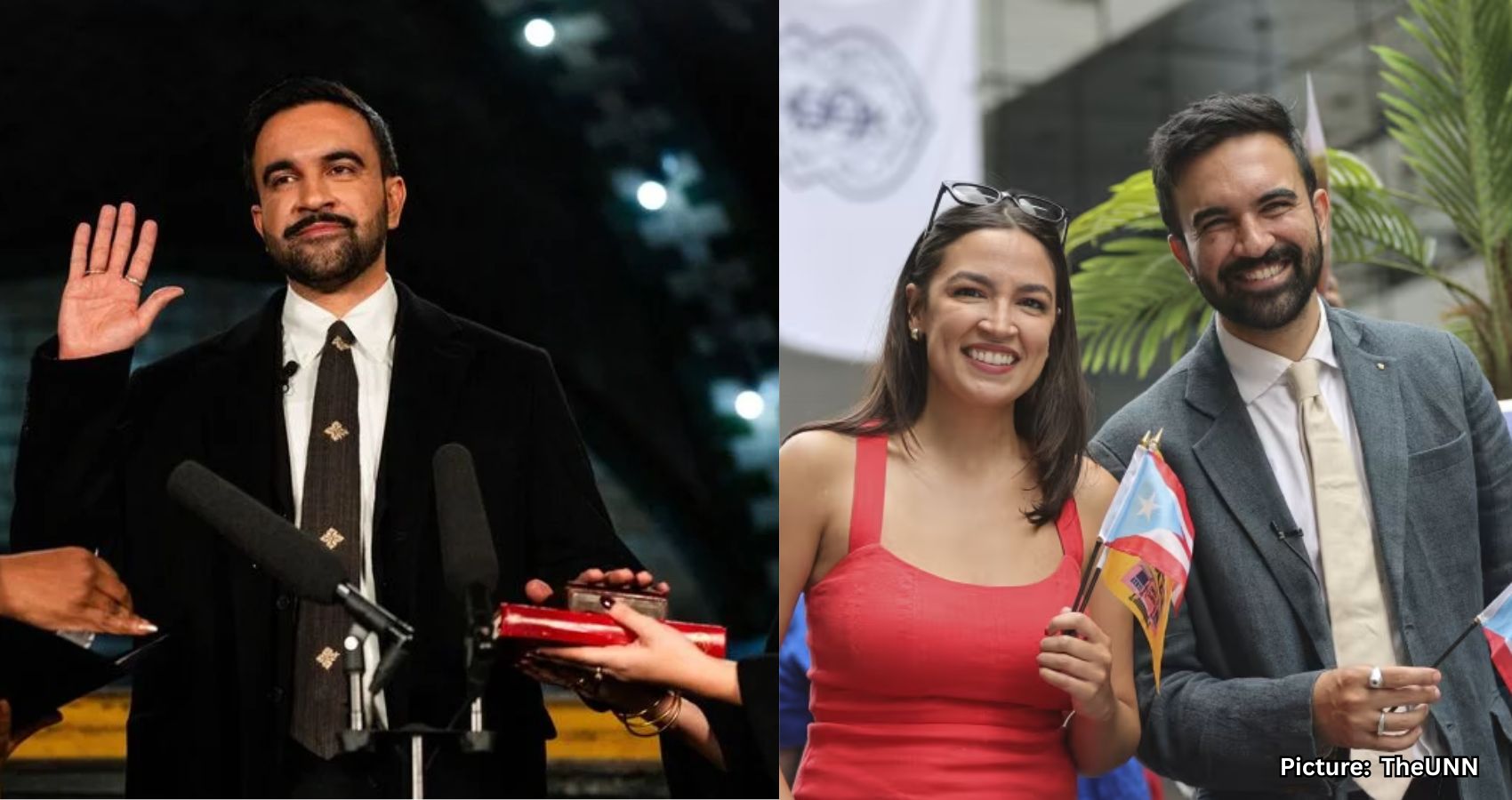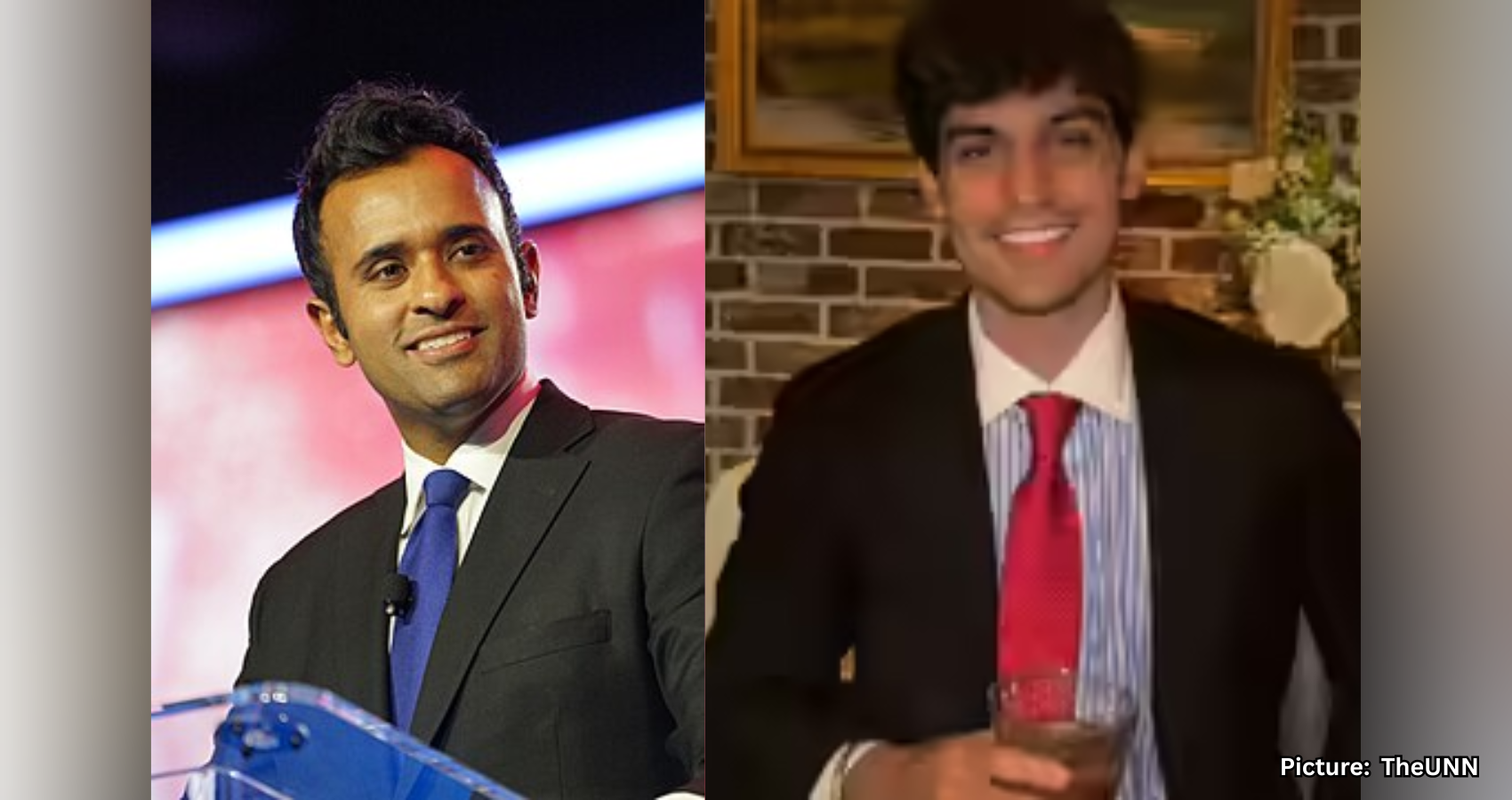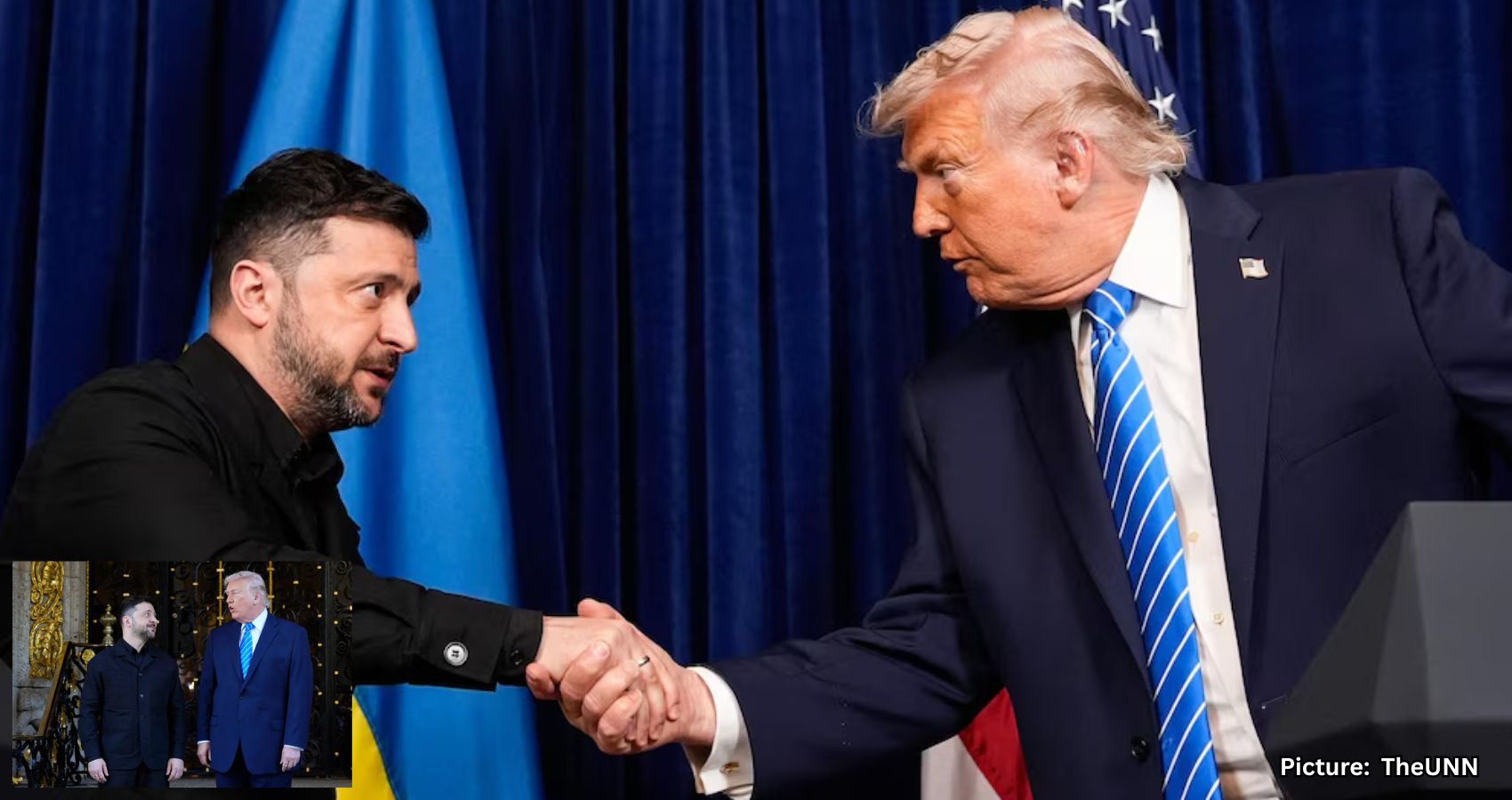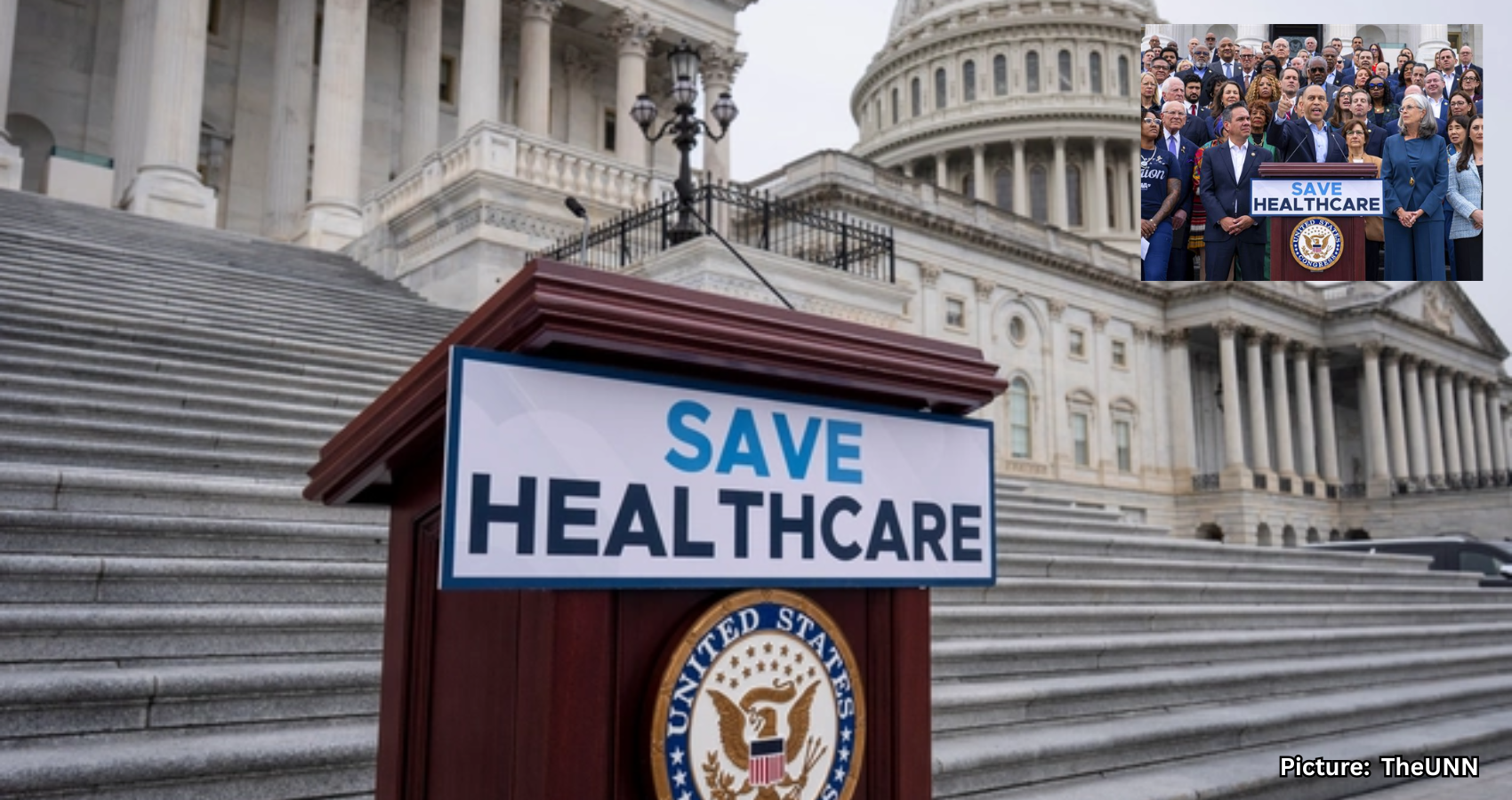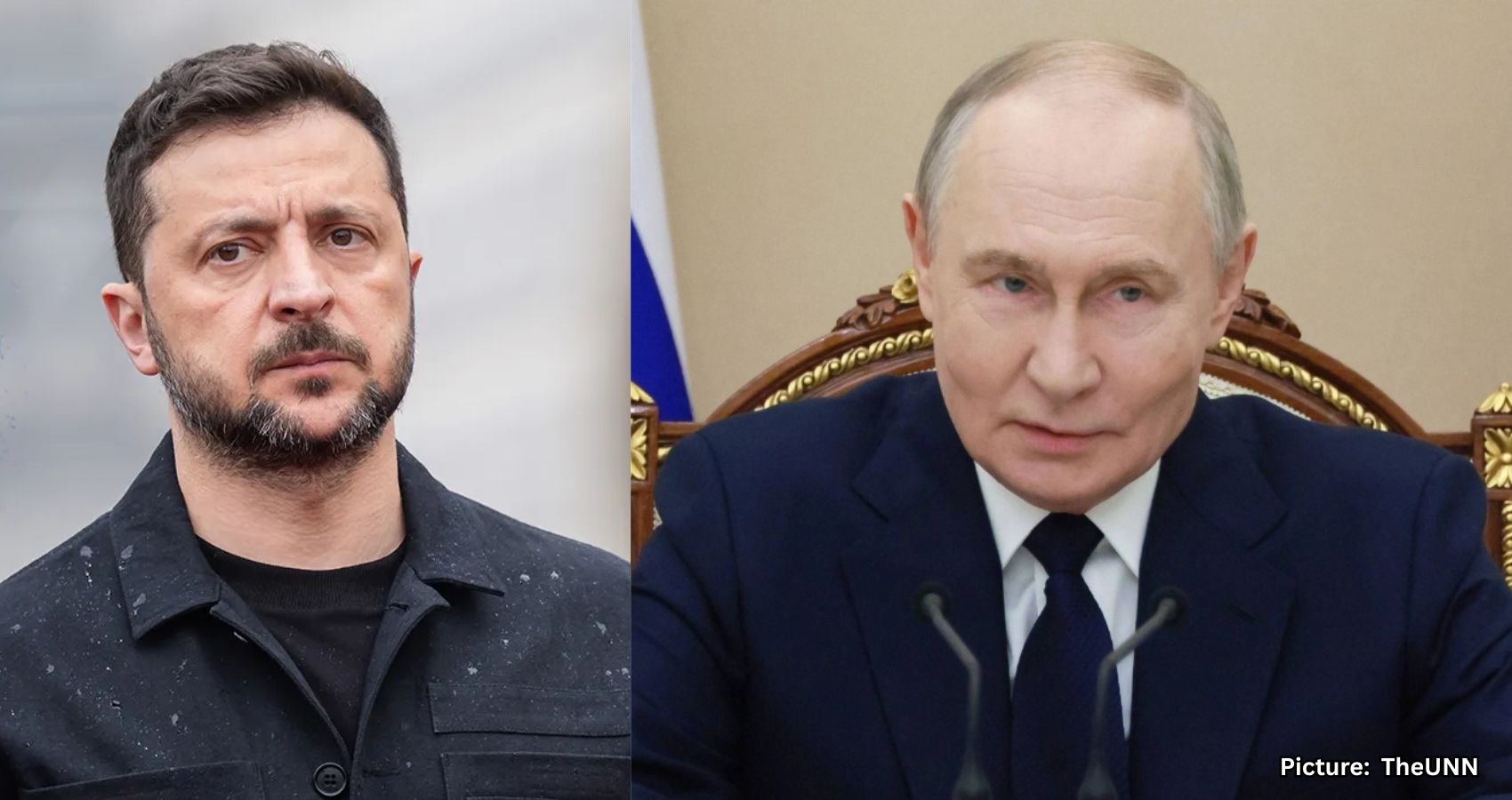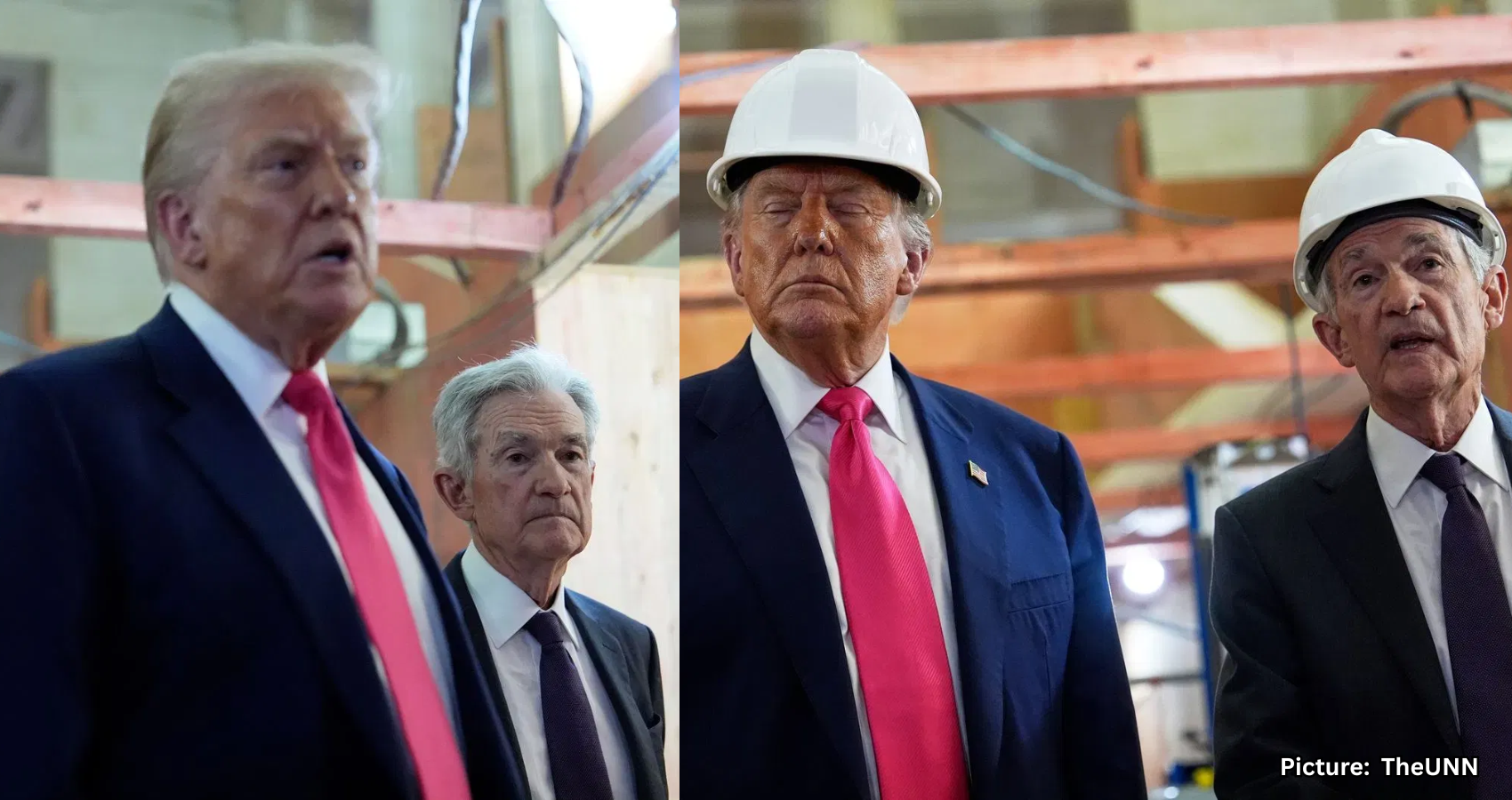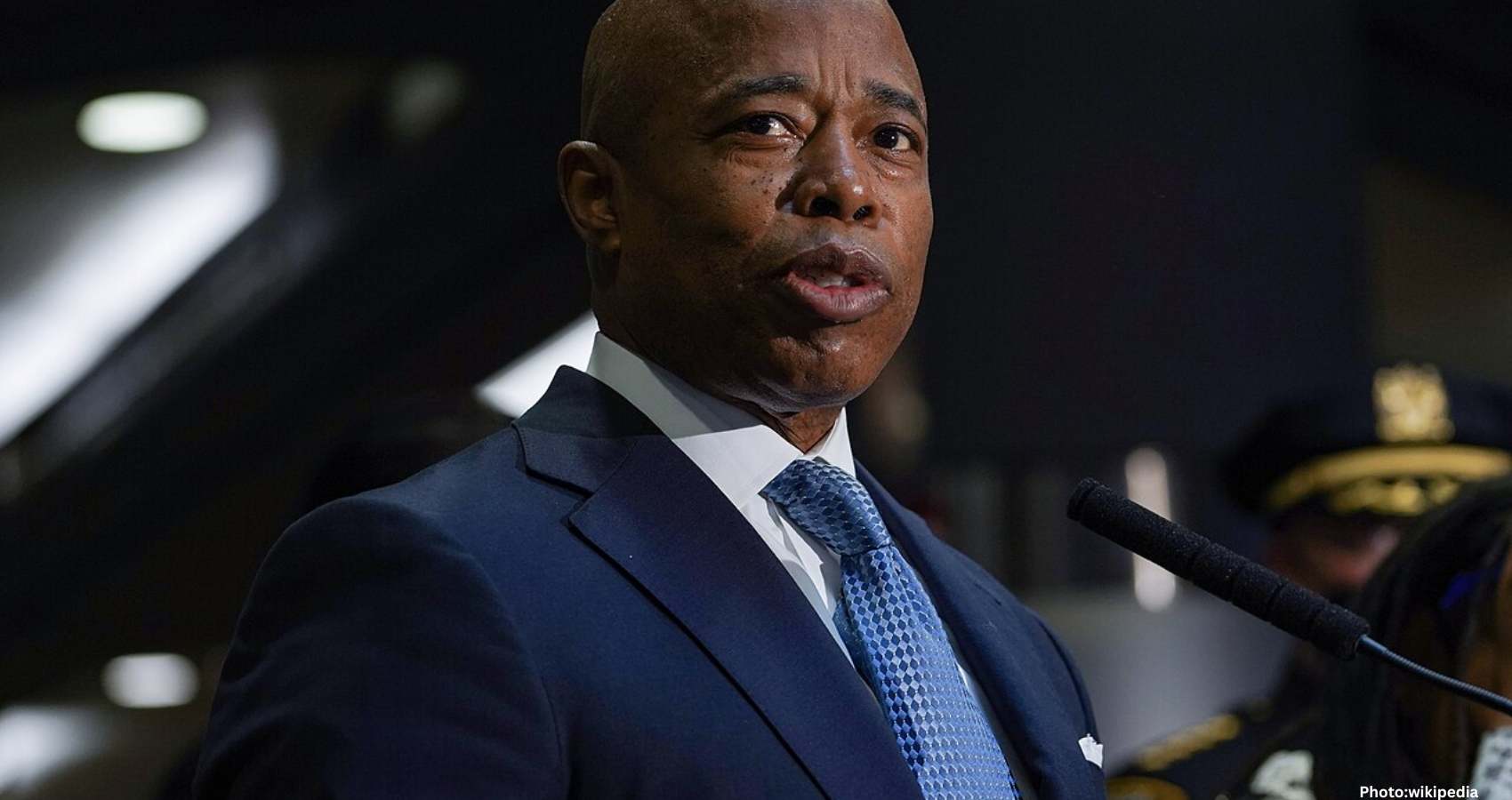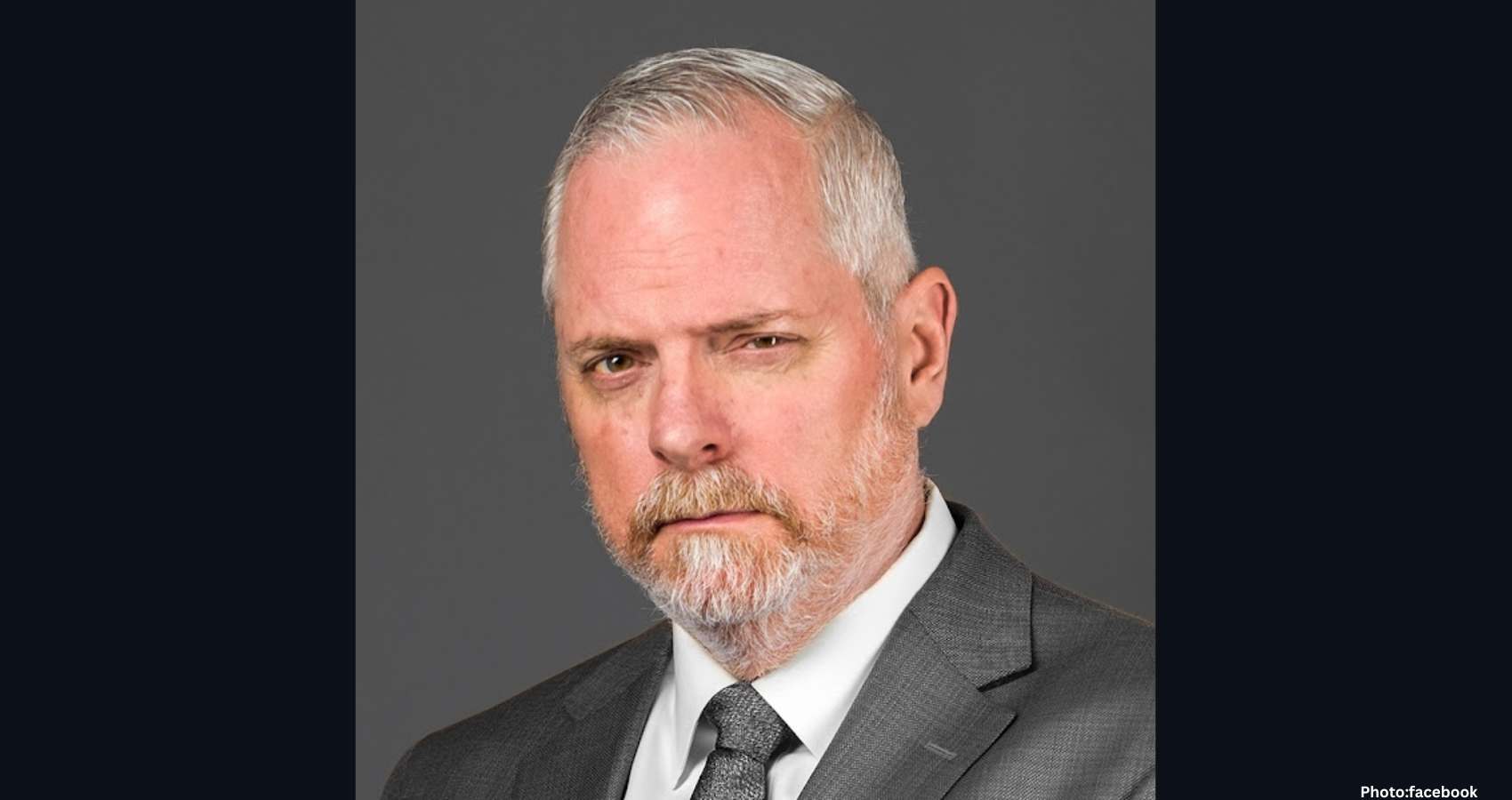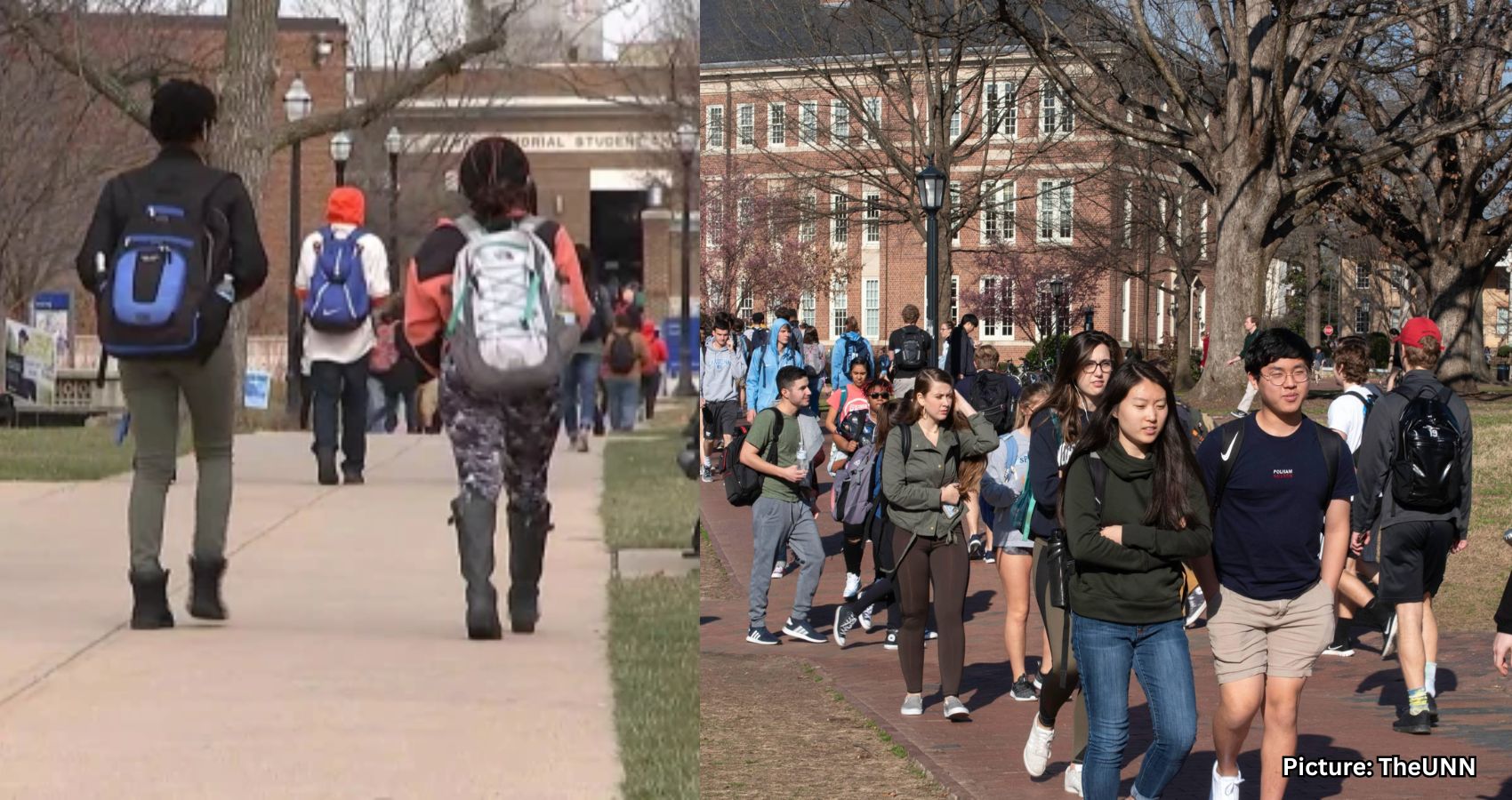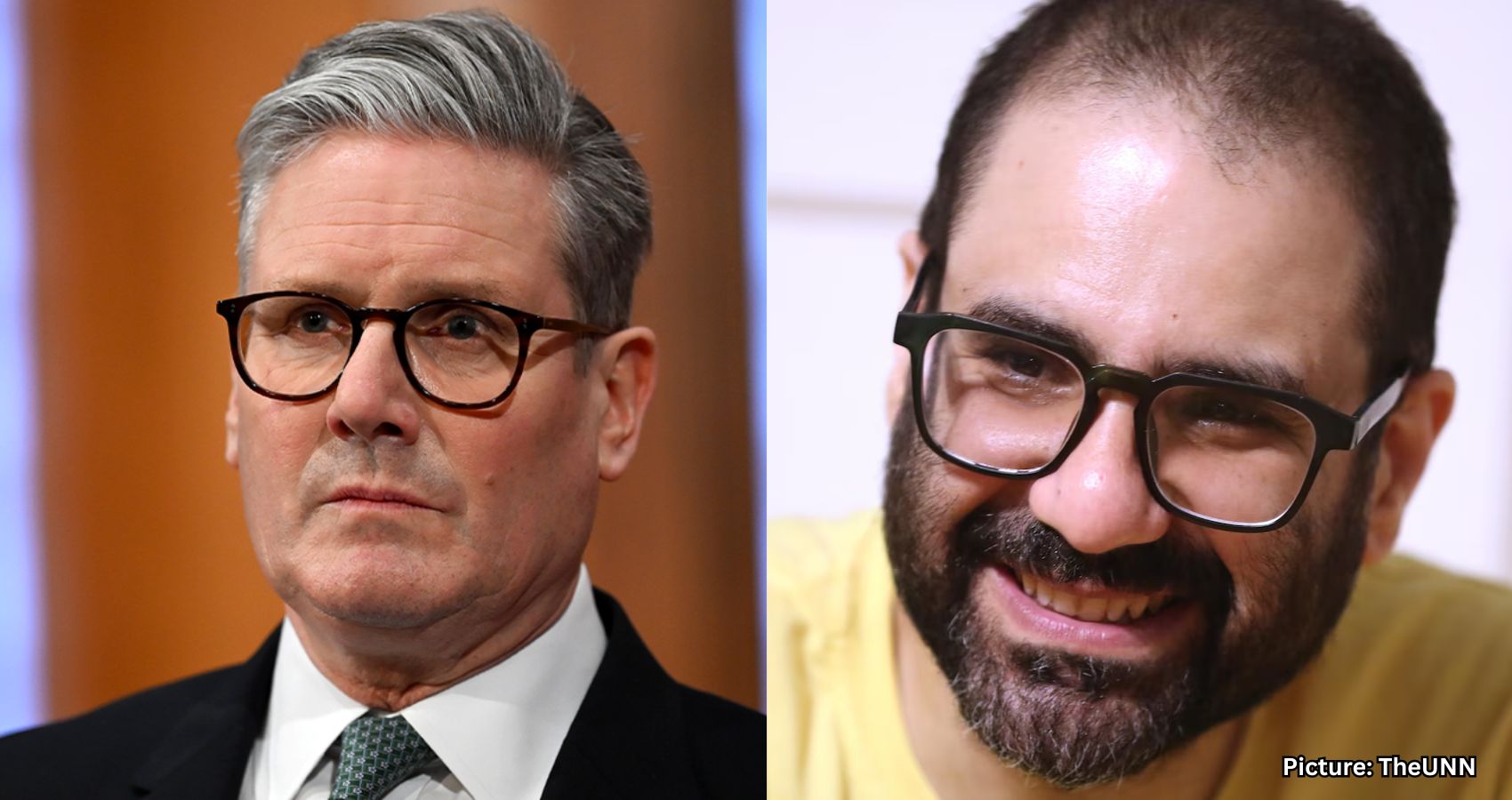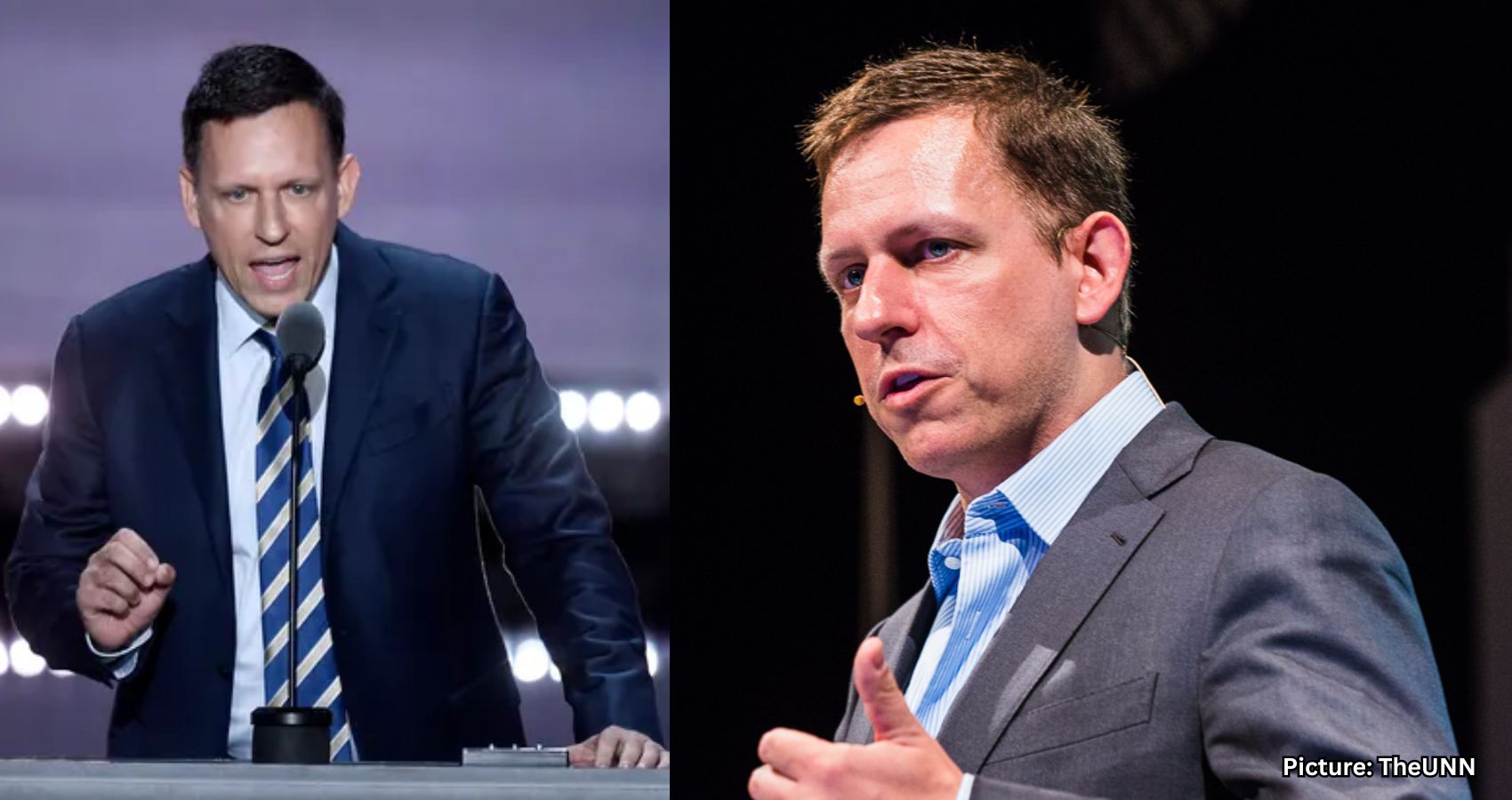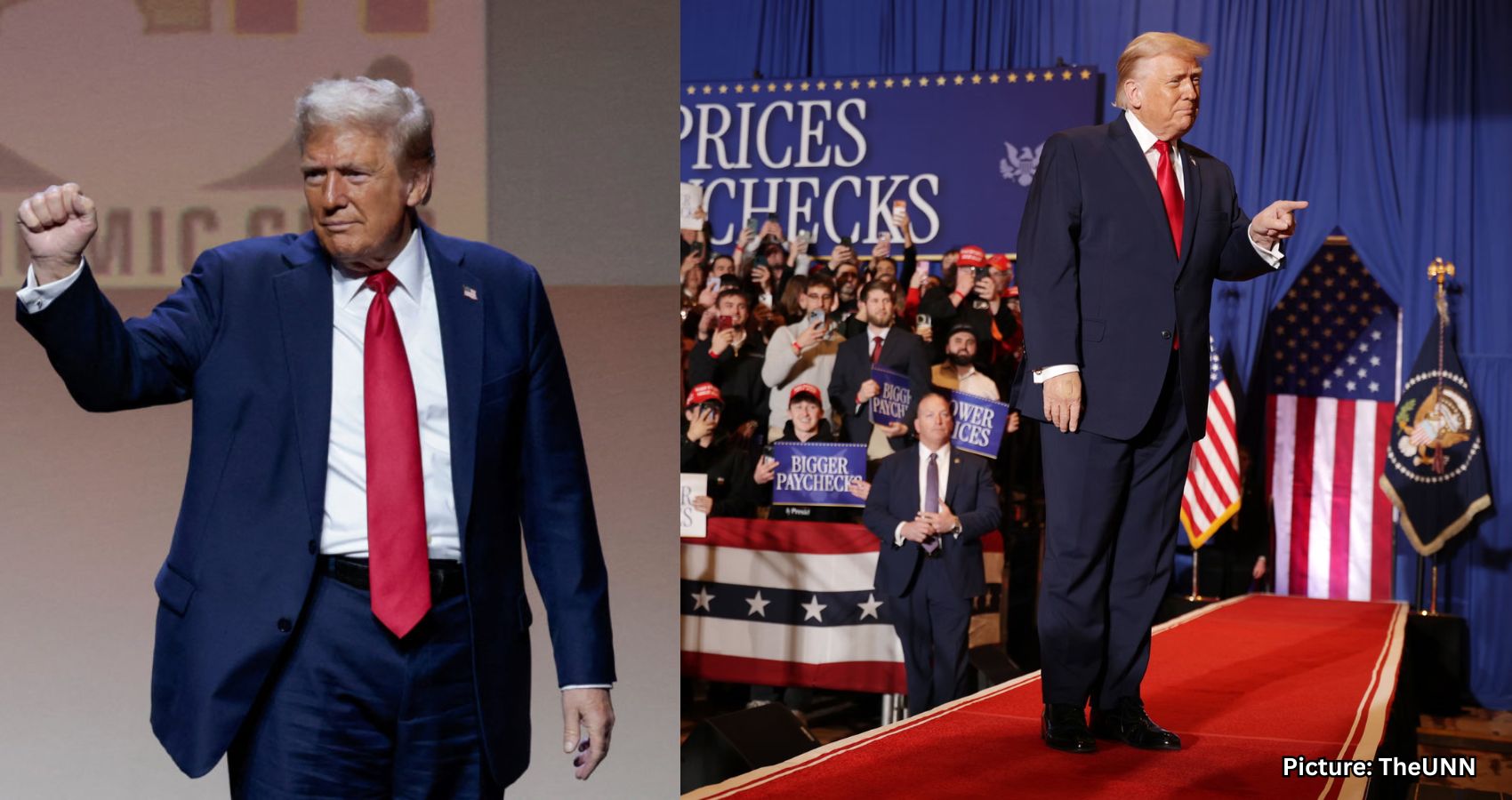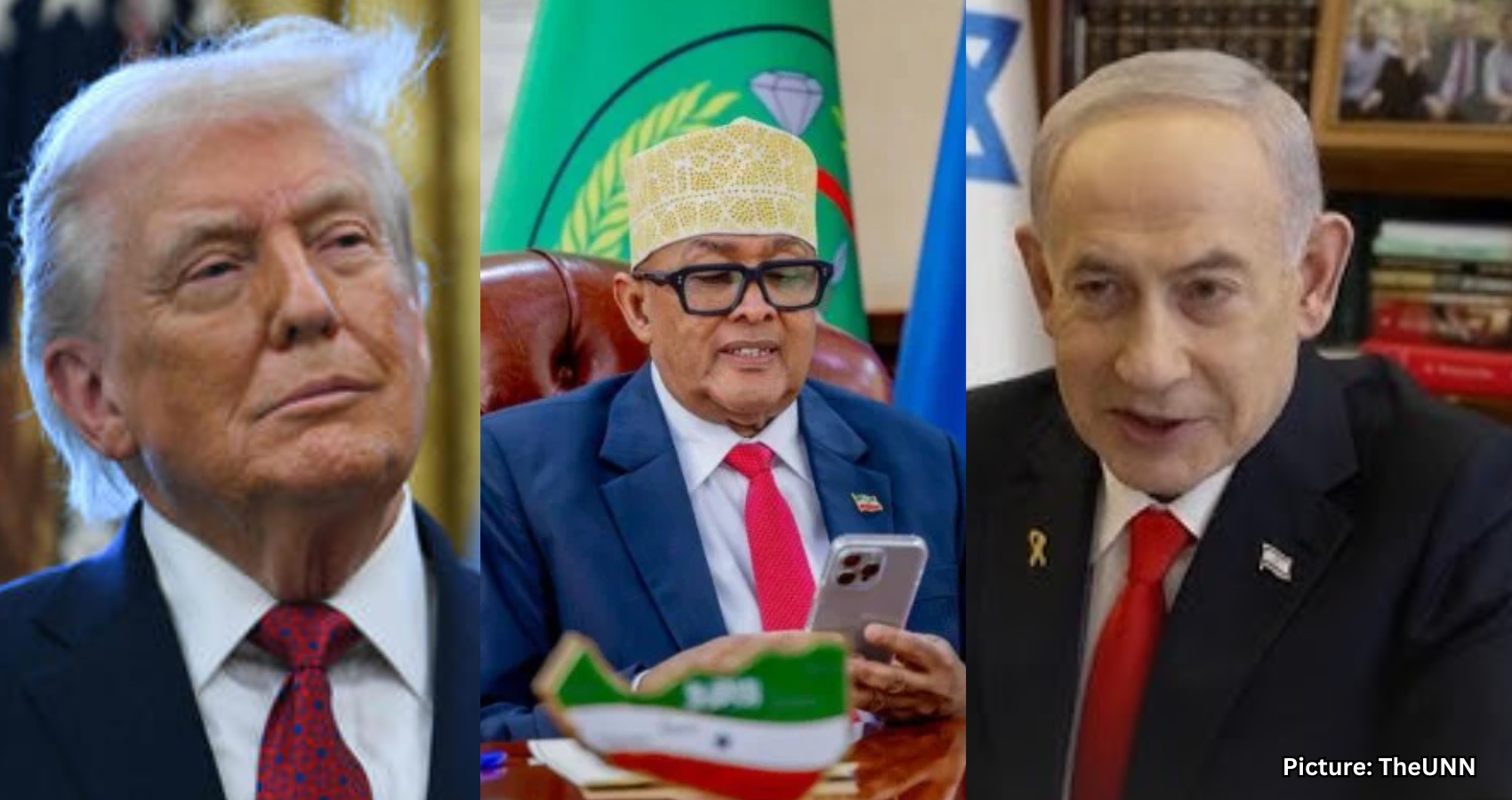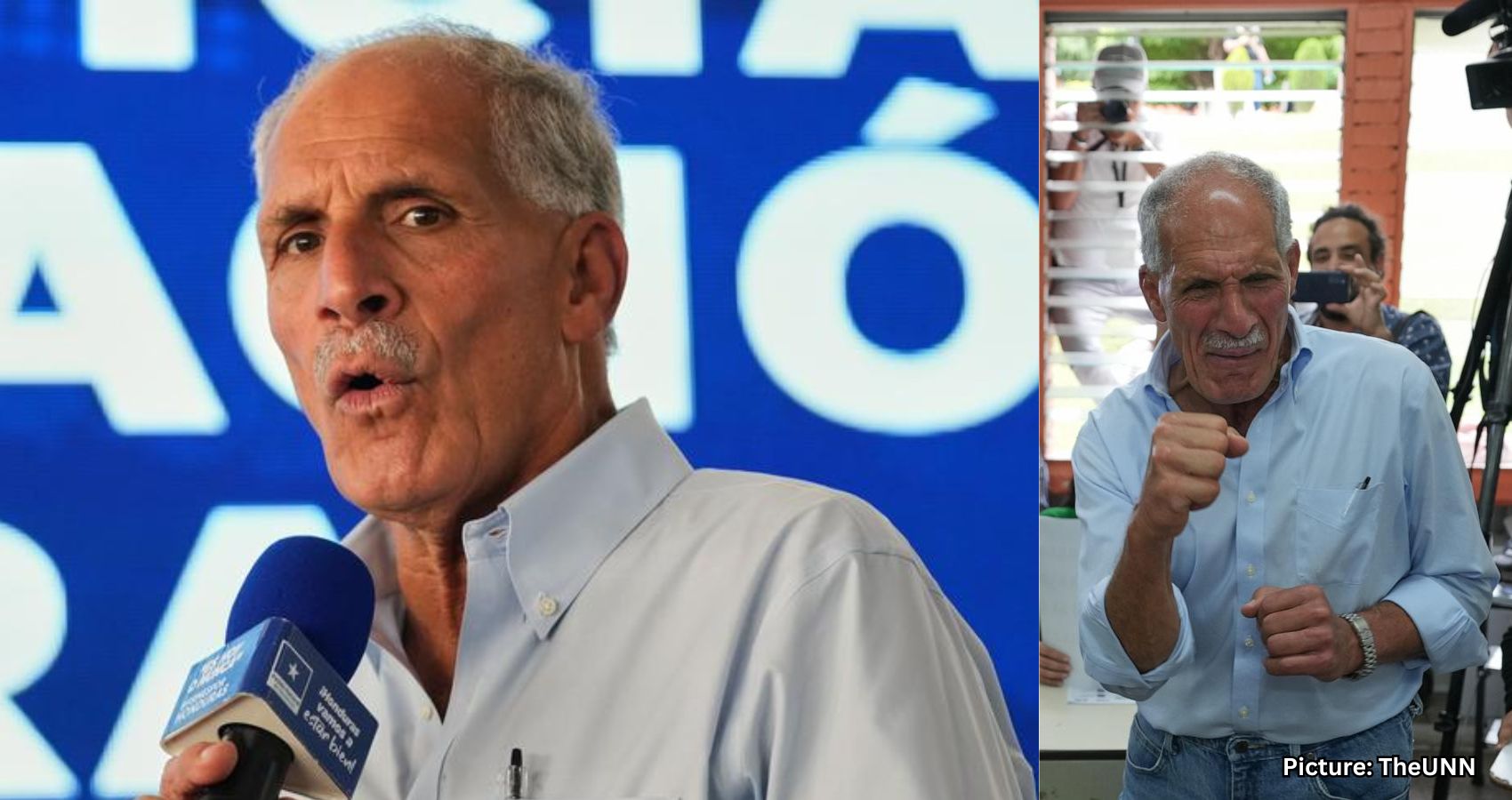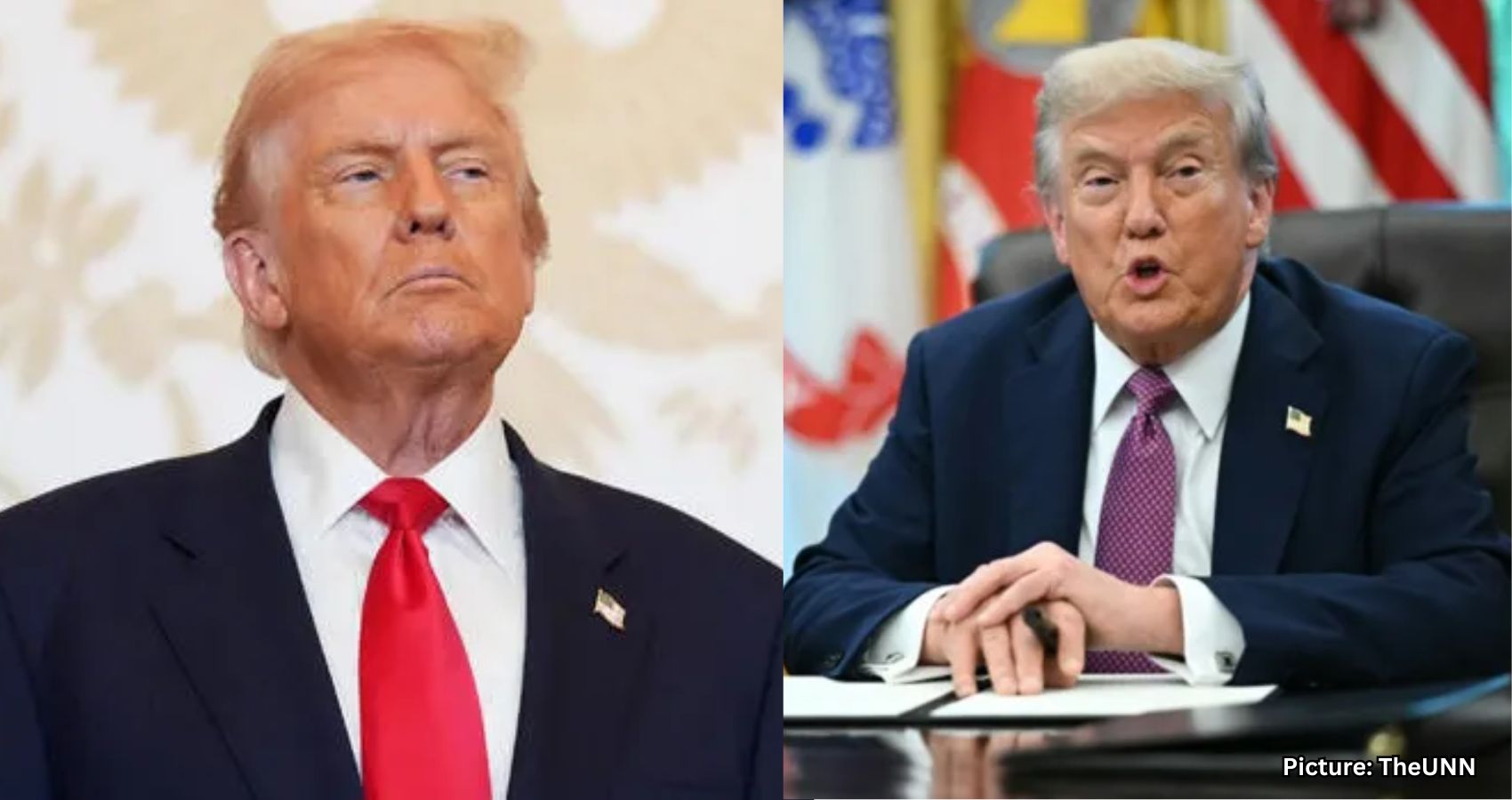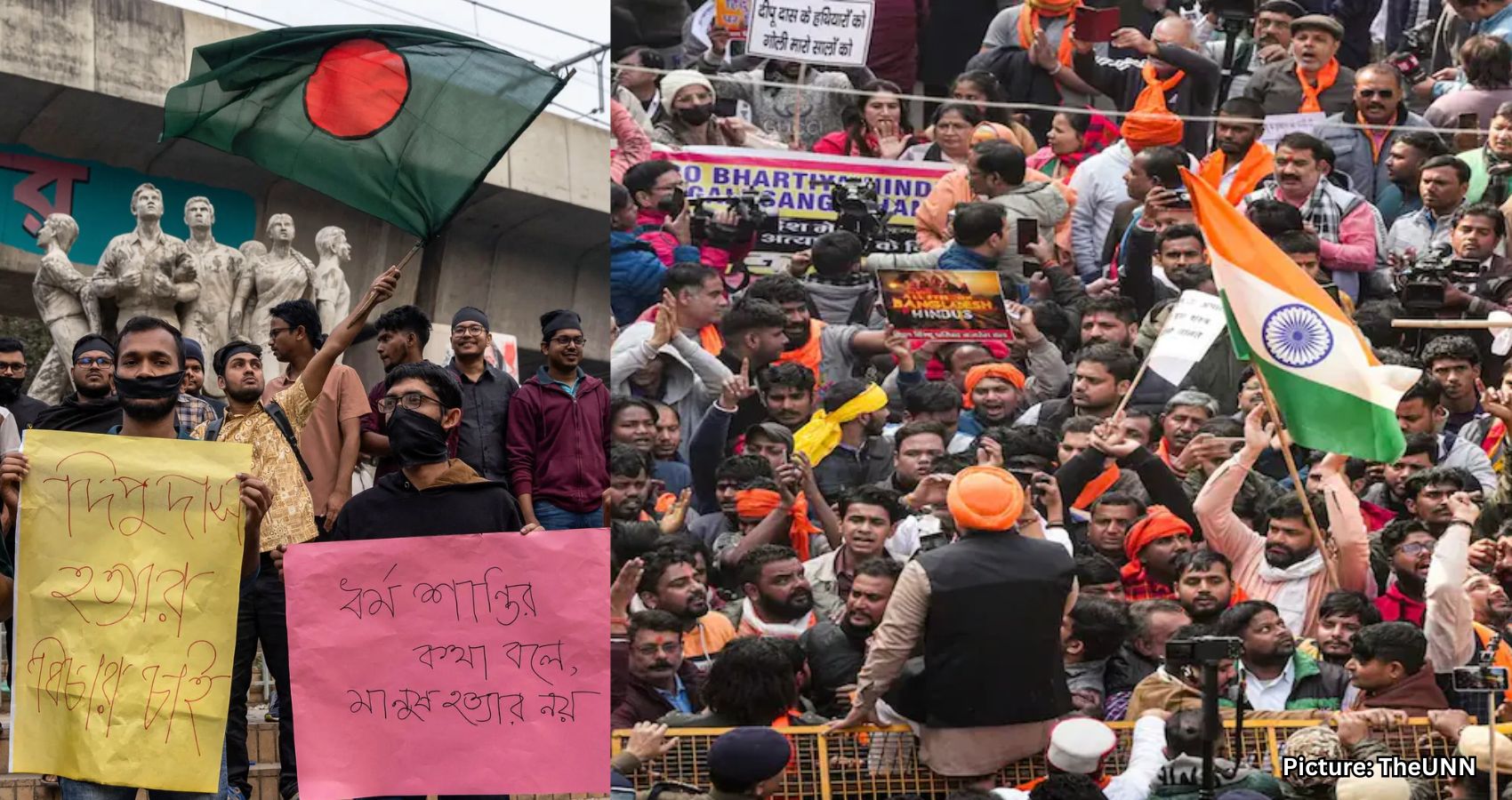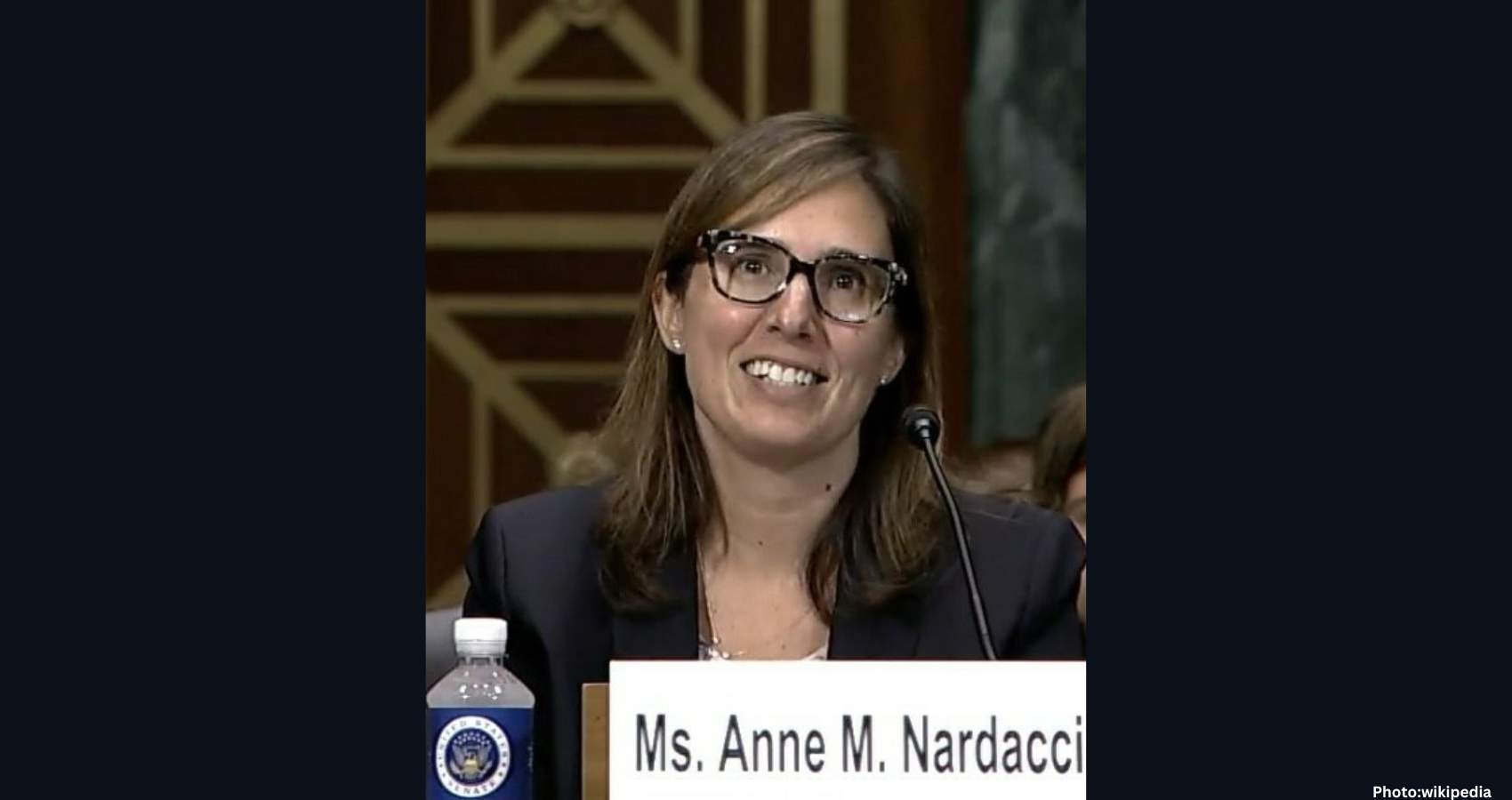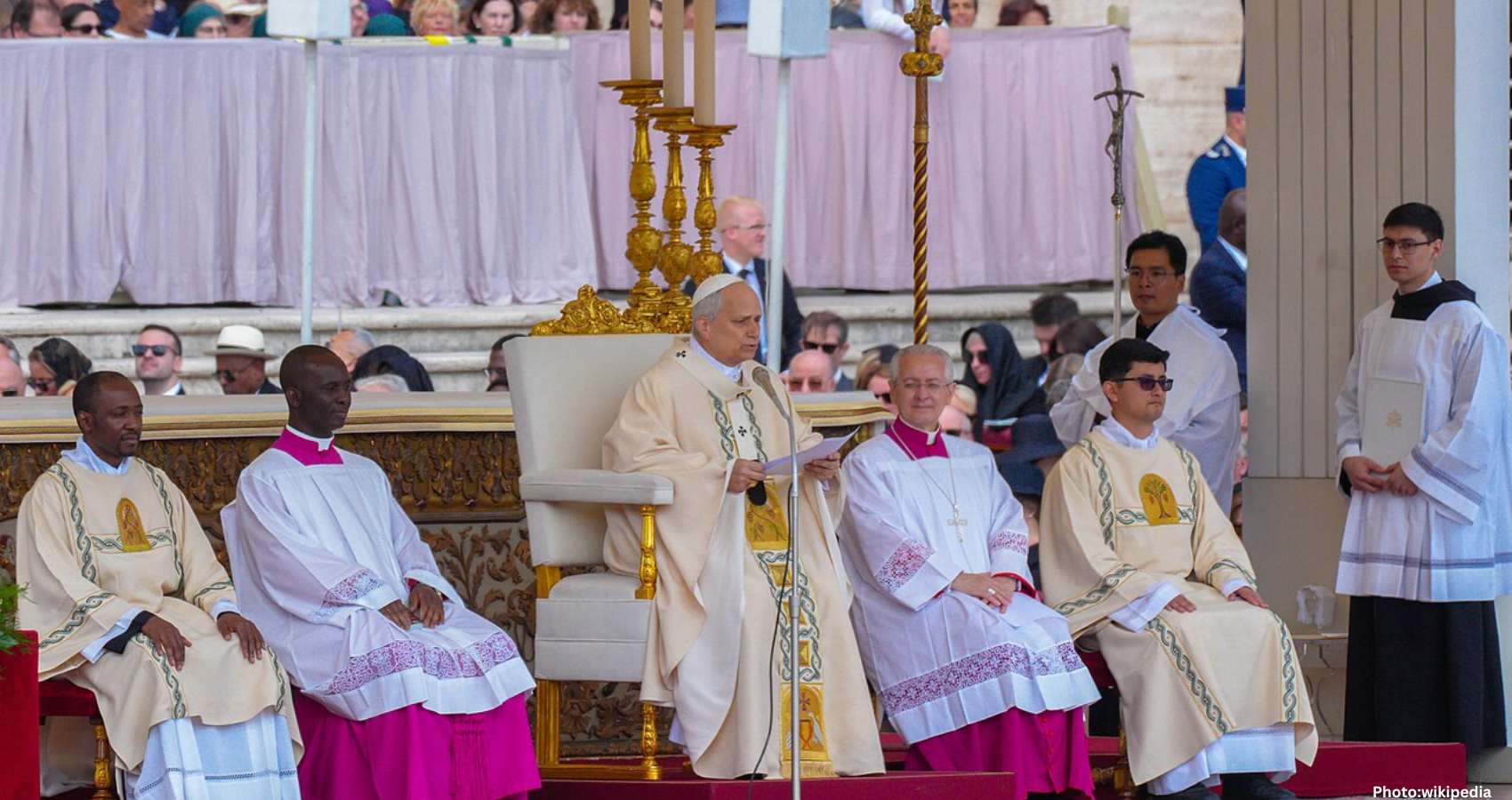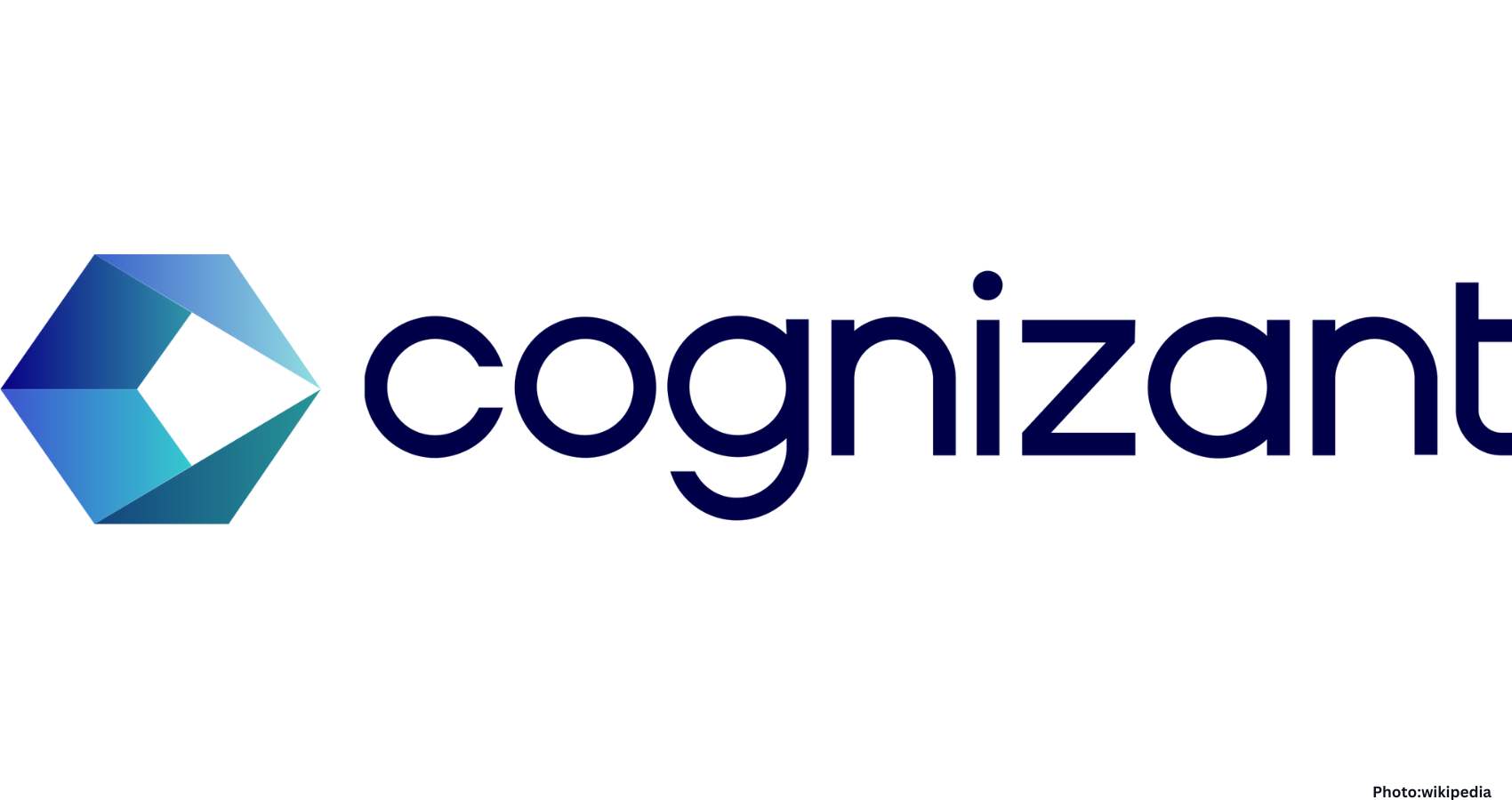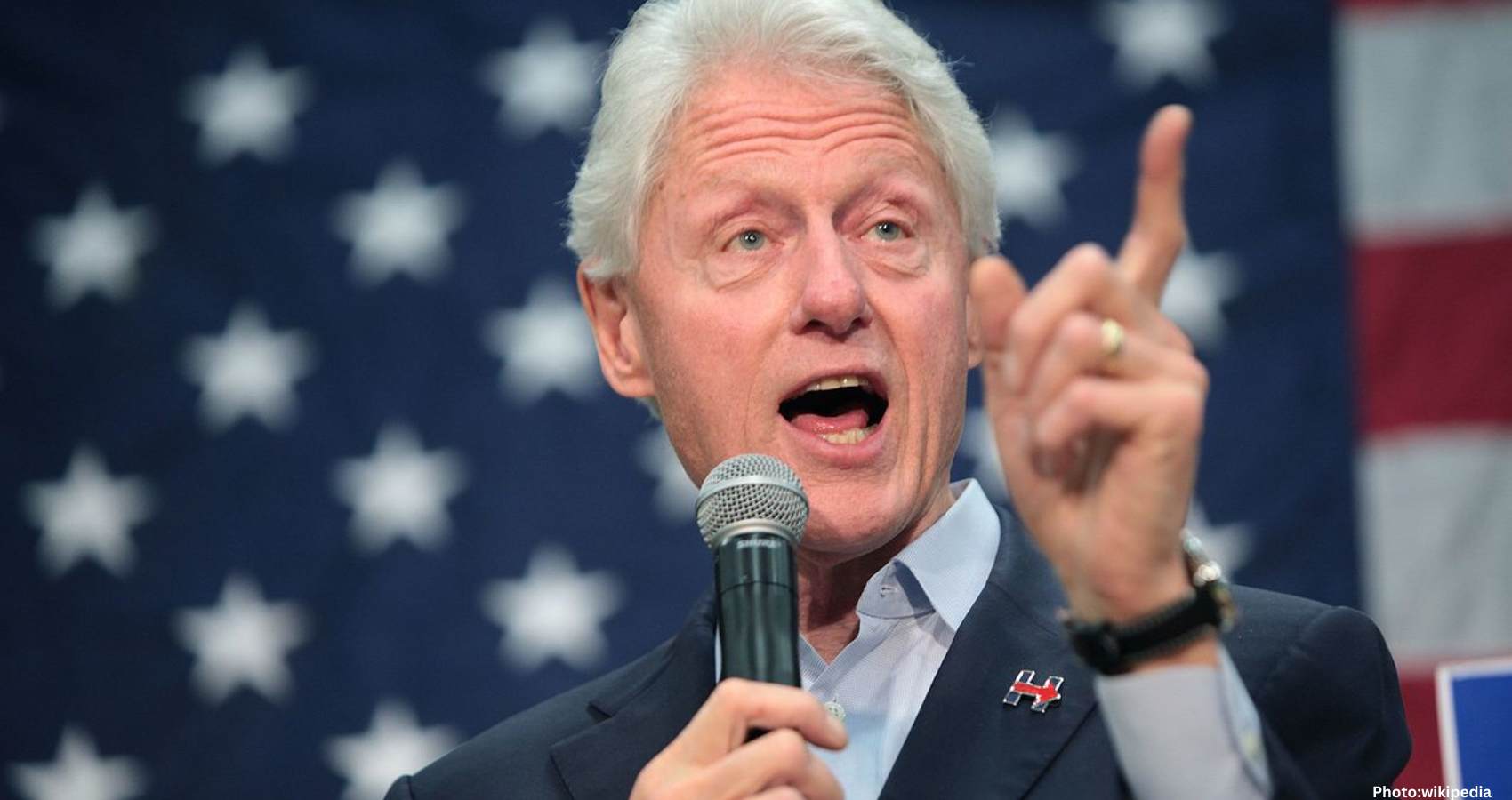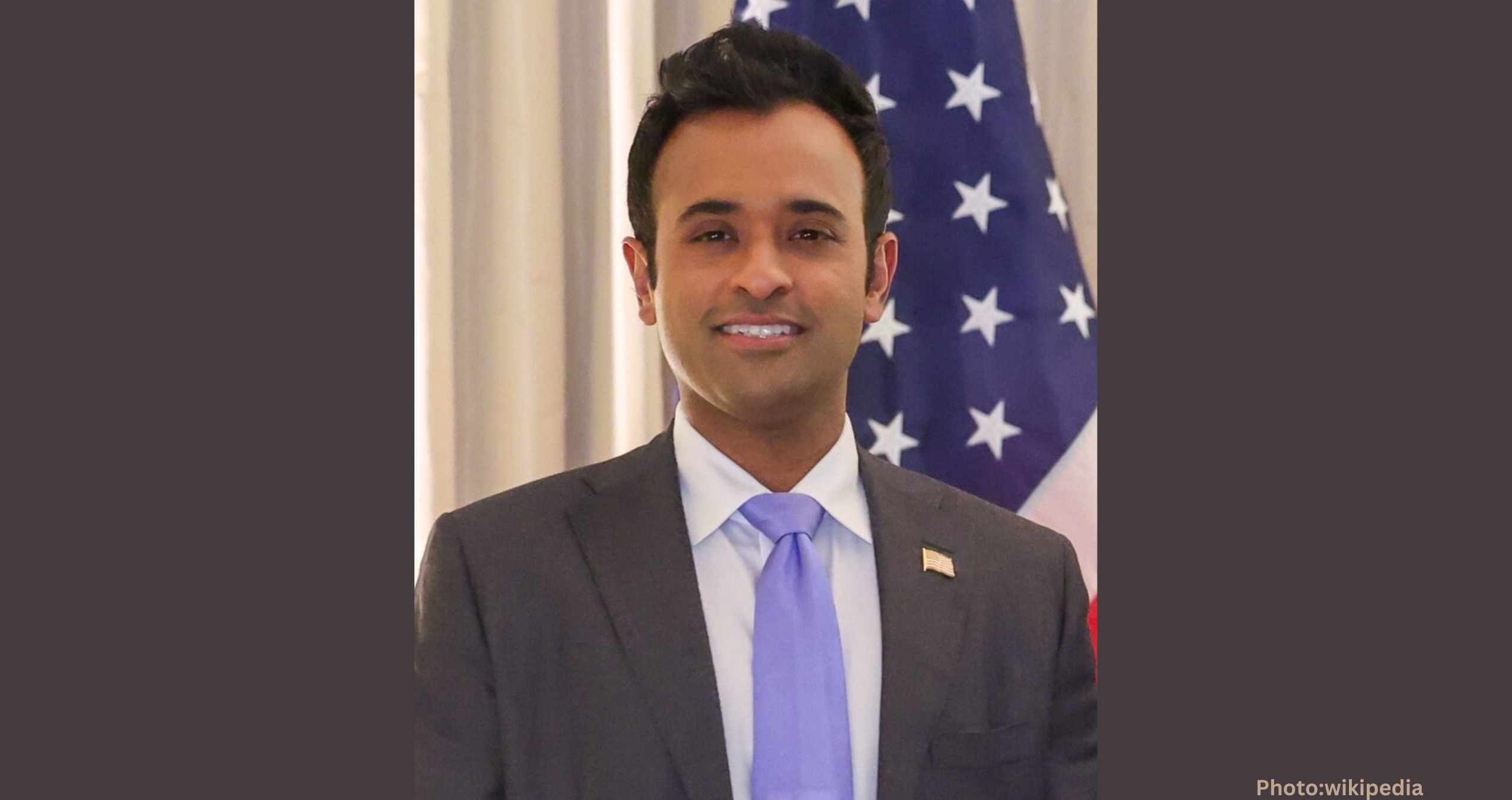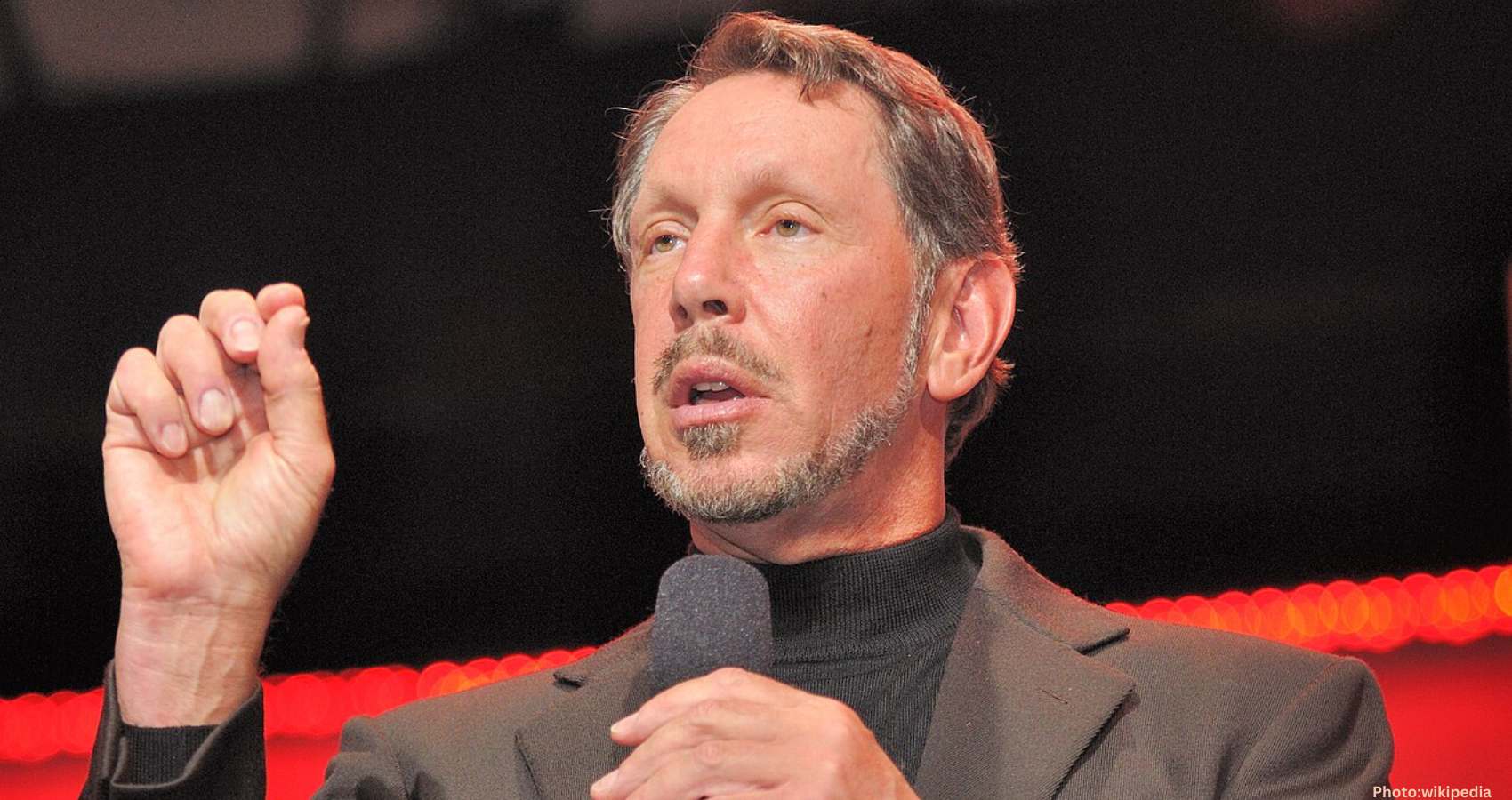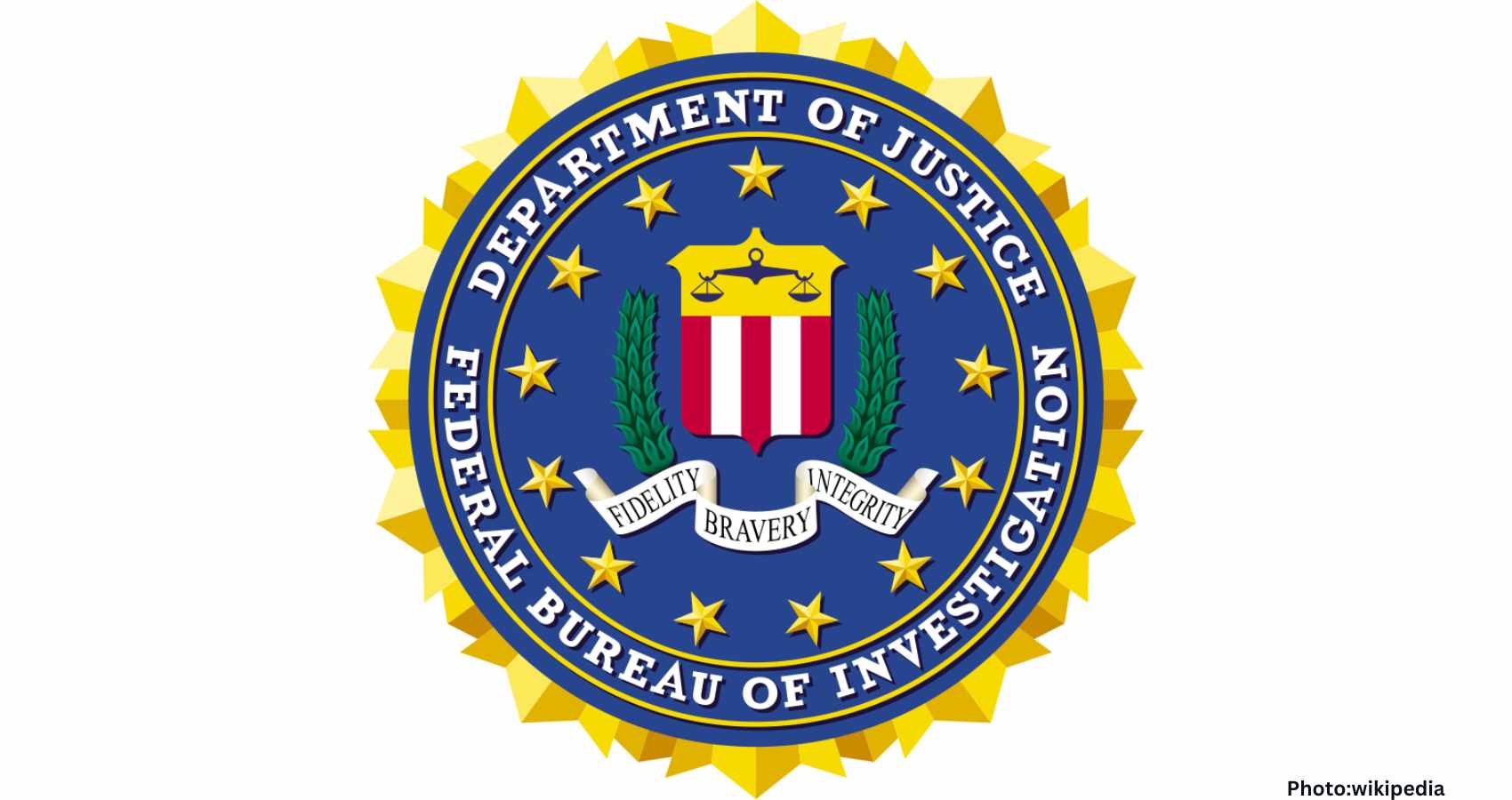Experts argue that mental illness is not the primary cause of gun violence in the U.S., emphasizing the need for a broader approach to address the issue.
The landscape of gun violence in the United States remains grim, despite a recent decline in mass shootings to their lowest levels in two decades. While this statistic may offer a glimmer of hope, it provides little comfort to those affected by the tragedies that continue to unfold across the nation.
America’s gun-related deaths far outpace those of peer nations, and the public discourse surrounding this issue is often polarized, caught between constitutional rights and the urgent need for public safety. A recent briefing hosted by American Community Media brought together experts and survivors to explore the deeper questions surrounding gun violence, particularly the common narrative that mental illness is the primary driver of mass shootings.
Dr. Ragy Girgis, a Professor of Clinical Psychiatry at Columbia University and curator of the Columbia Mass Murder Database, has dedicated years to studying over 1,300 mass murders dating back to 1900. His research reveals that mass shootings account for a small fraction of annual murders worldwide, yet they disproportionately impact society and influence policy decisions.
According to Dr. Girgis, only about 11% of mass murderers exhibited lifetime psychotic symptoms, a figure that drops to 3% when focusing specifically on those who used firearms. Interestingly, mass murderers who did not use guns were more likely to have experienced psychosis, with about 18% showing such symptoms. This data challenges the reflexive tendency to attribute mass violence solely to severe mental illness.
The implications of this research are significant. Dr. Girgis asserts that policies aimed at preventing mass shootings by focusing exclusively on serious mental illness may have limited effectiveness. Instead, he suggests that more substantial progress could be made by addressing issues such as firearm access, substance misuse, and non-psychotic psychopathology.
For Sarah Lerner, a teacher at Marjory Stoneman Douglas High School during the tragic shooting in 2018, the debate over gun violence is deeply personal. On February 14, 2018, a fire alarm led her students into the hallways, where they encountered a gunman. “It was the most horrific experience I have had in my entire life,” Lerner recalled, describing how she and her students spent three hours huddled in a classroom before the SWAT team arrived.
Today, as a co-founder of Teachers Unify to End Gun Violence, Lerner advocates for the educator’s perspective, a voice she believes is often overlooked in national discussions. She emphasizes that while school shootings receive significant media attention, they represent only a small portion of the daily violence that teachers and students face. “School shootings are such a small piece of gun violence, but they get the most media coverage,” she noted, stressing the importance of addressing community violence, domestic abuse, and hate crimes as well.
This sentiment was echoed by Dr. Daniel Webster, a leading expert on firearm policy from Johns Hopkins University. He pointed out that while policy responses often stall at the federal level, community-led initiatives in cities like Baltimore and New York have shown success in addressing gun violence. “I can basically just agree with Dr. Webster. This is preventable,” Dr. Girgis added, emphasizing the need for actionable, evidence-based interventions.
The panel also highlighted the media’s role in shaping narratives around gun violence. Lerner, who advises her school’s yearbook and newspaper, advocates for “trauma-informed journalism.” She shared her own hesitations about engaging with certain media outlets after the Parkland shooting due to their lack of professionalism. “How you speak to a survivor, how you speak to the families of victims… it makes a difference,” she said.
As the United States continues to grapple with its complex relationship with firearms, the message from this panel of experts is one of cautious urgency. Preventing future tragedies requires a shift in focus from solely mental illness to a broader examination of policy, access, and community support that shapes the American experience with gun violence. According to India Currents, addressing these interconnected issues is essential for creating a safer society.

